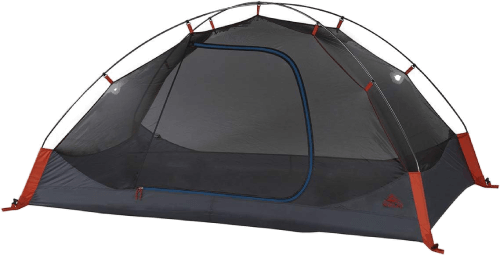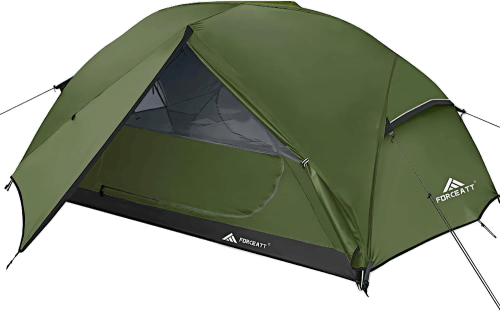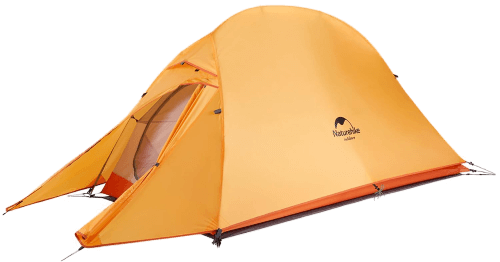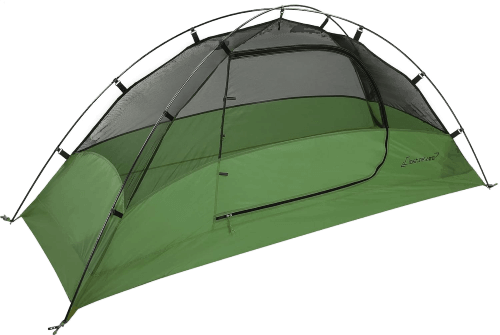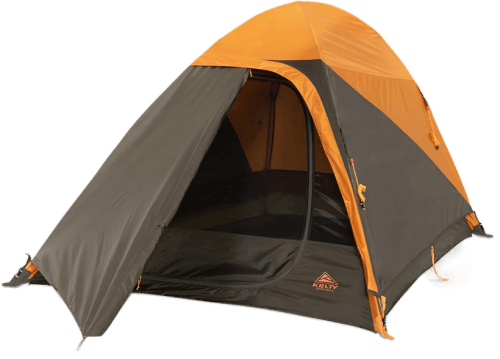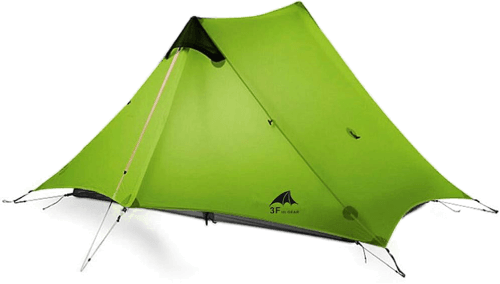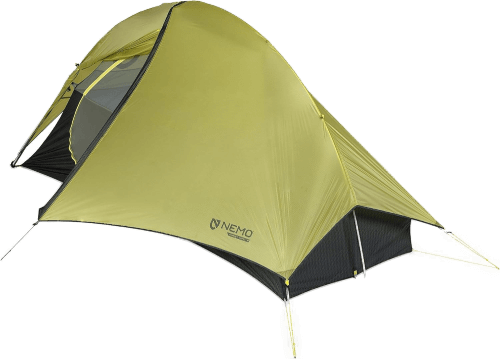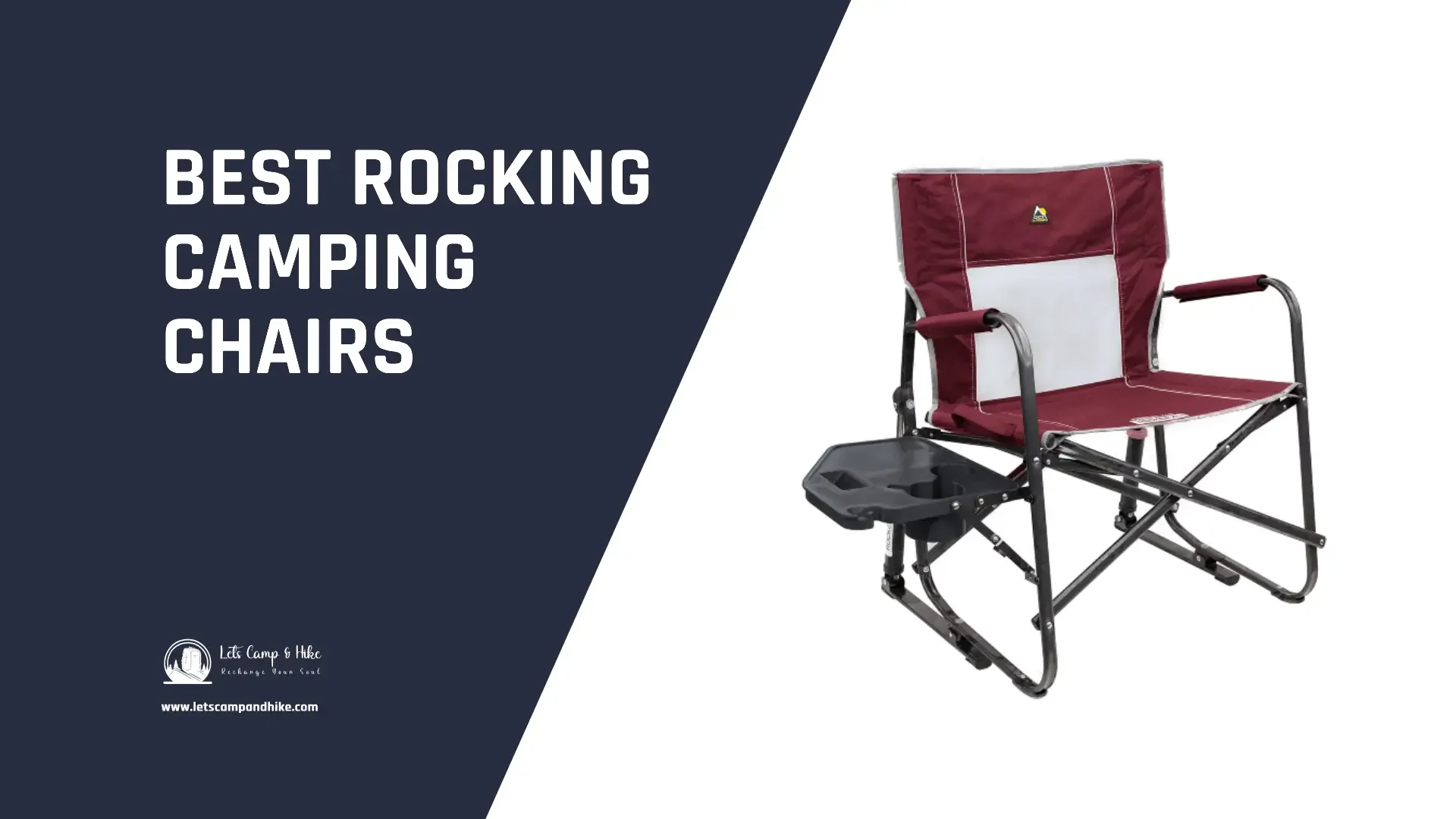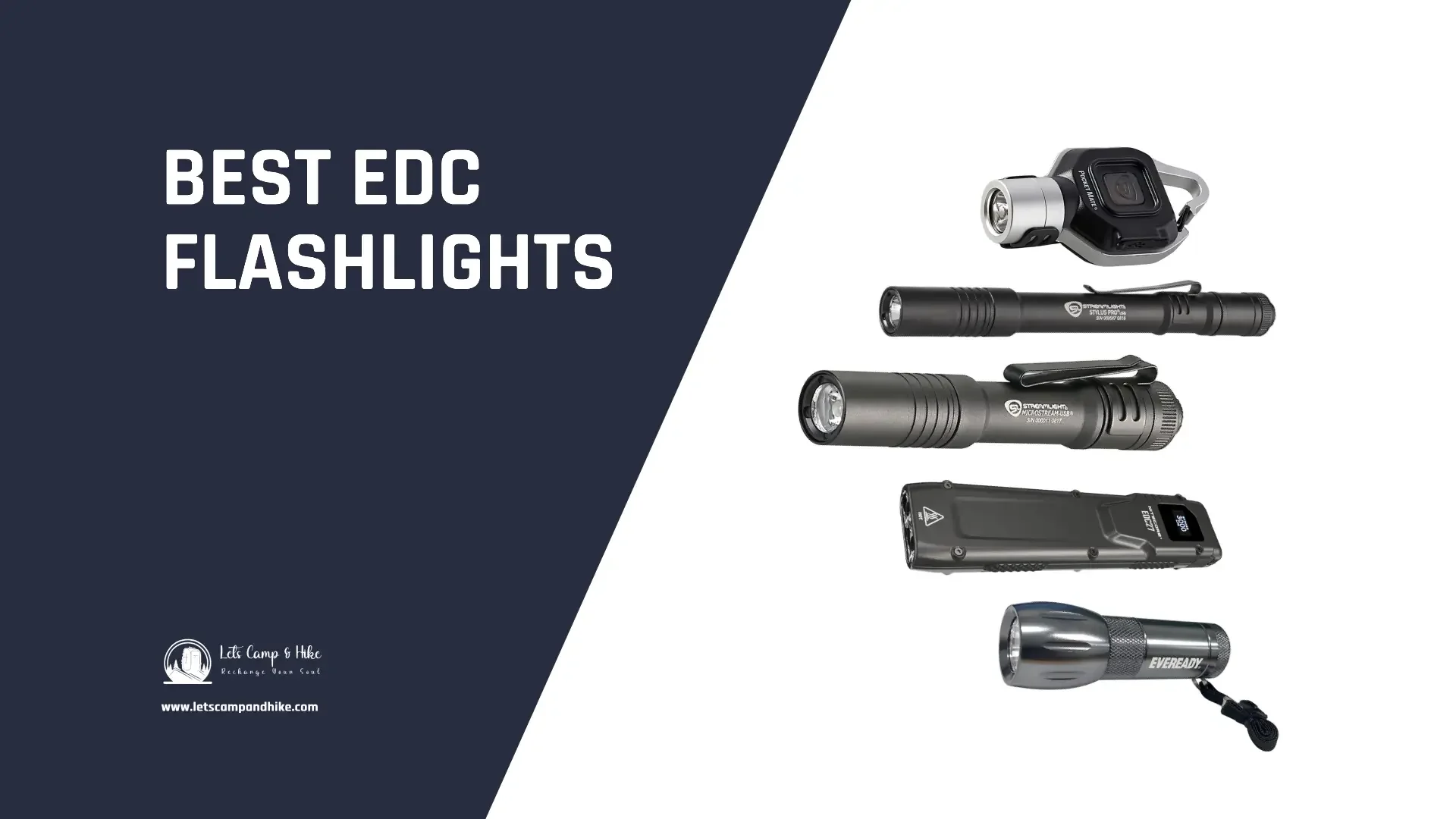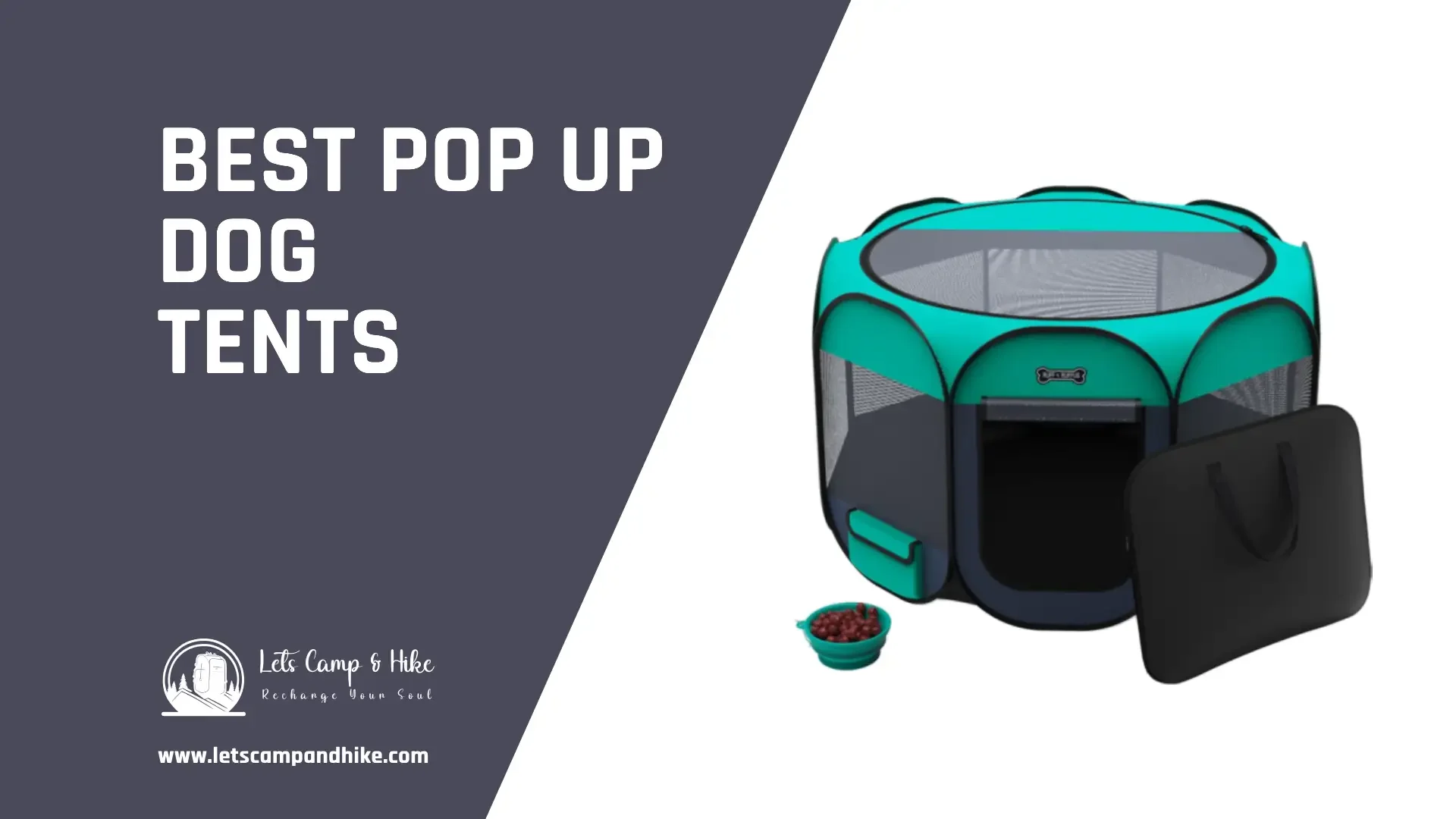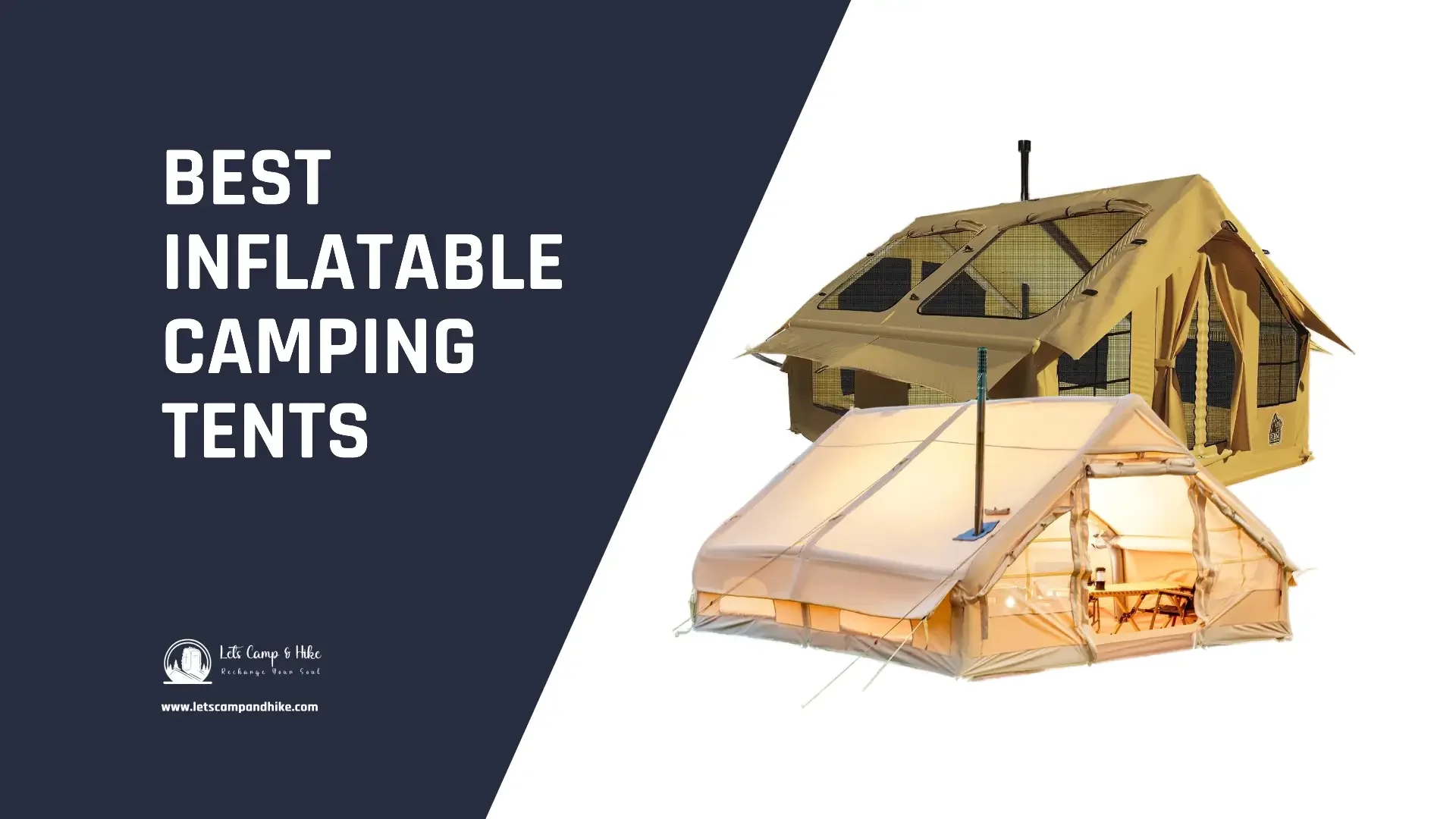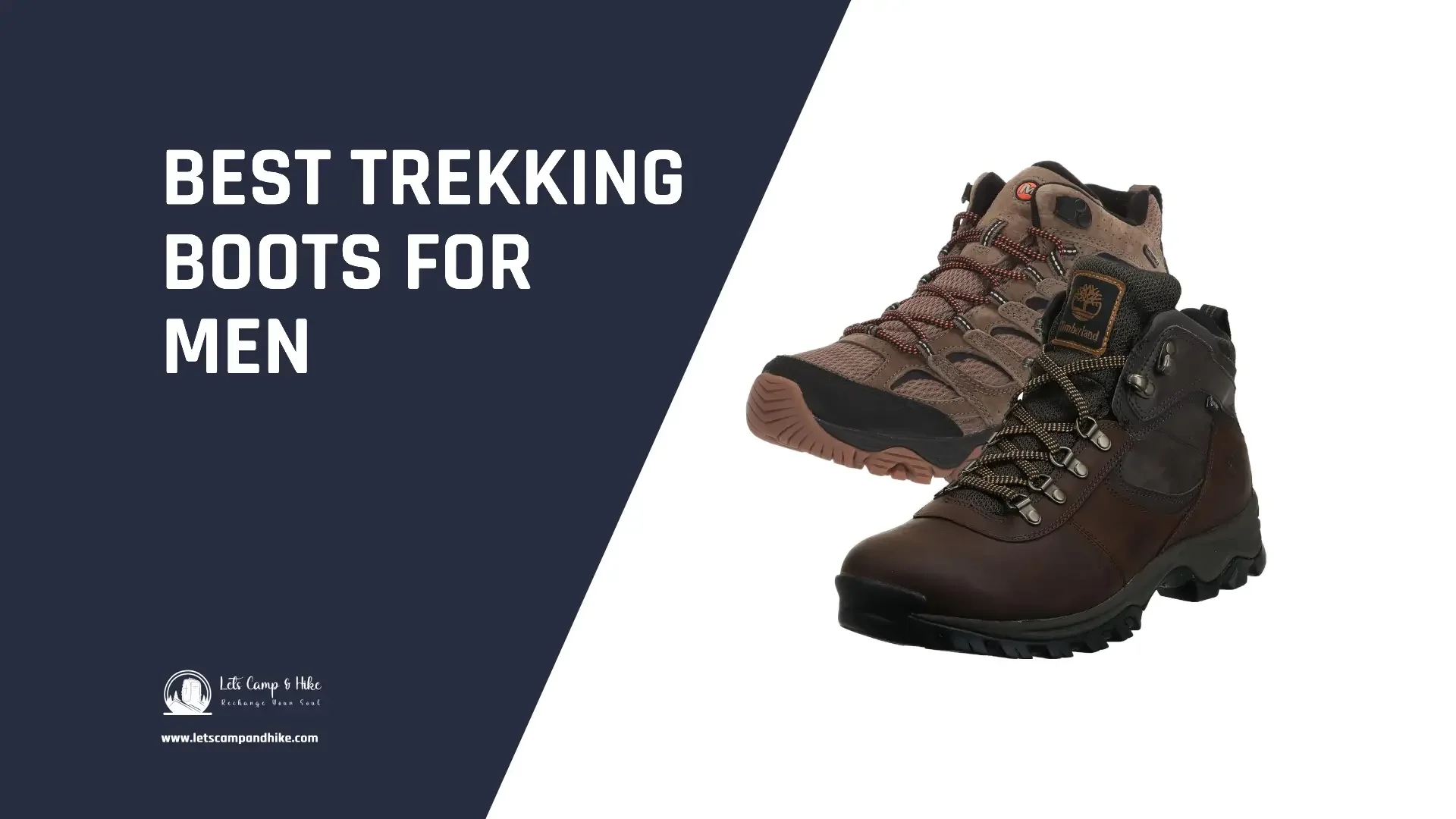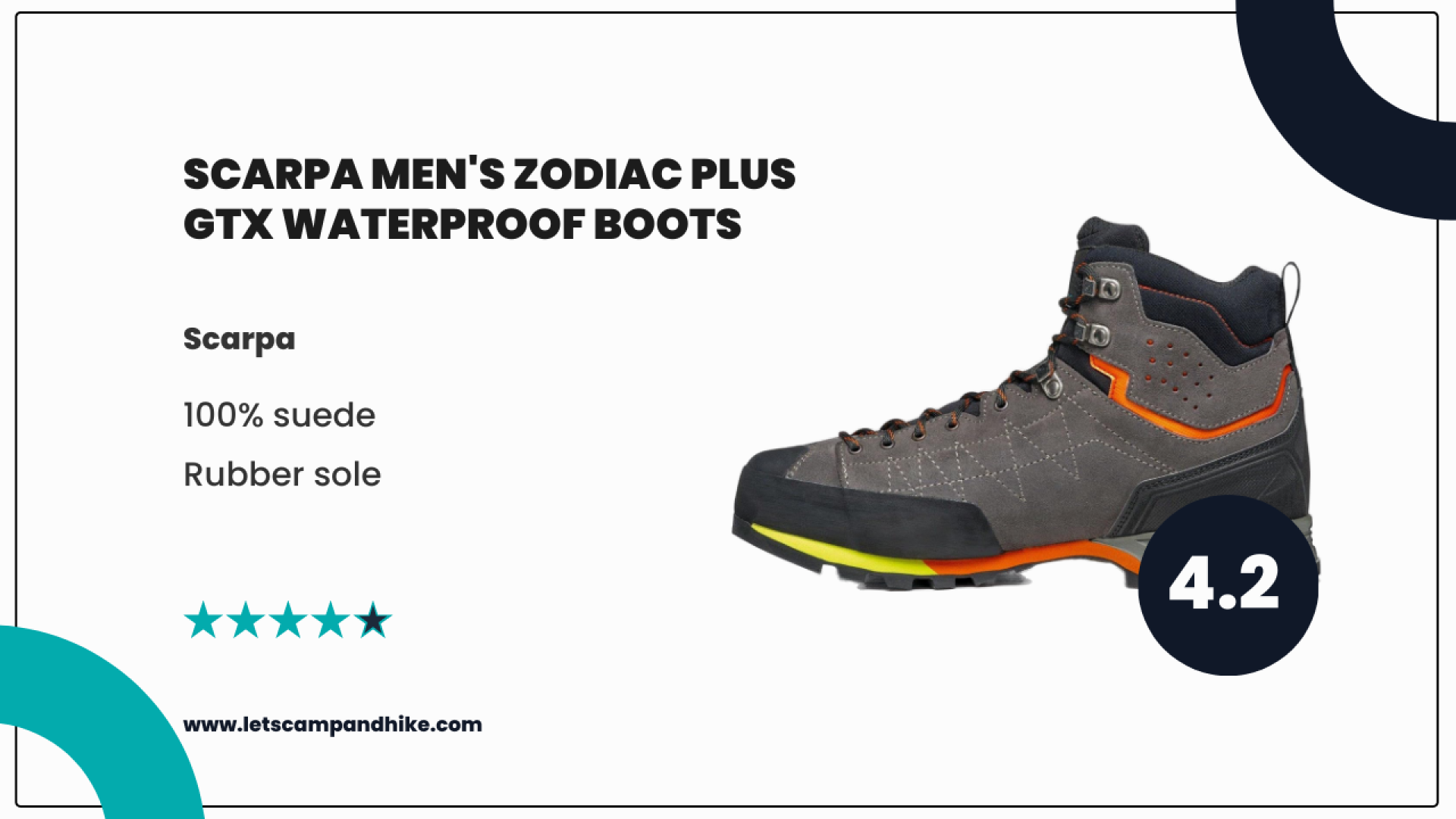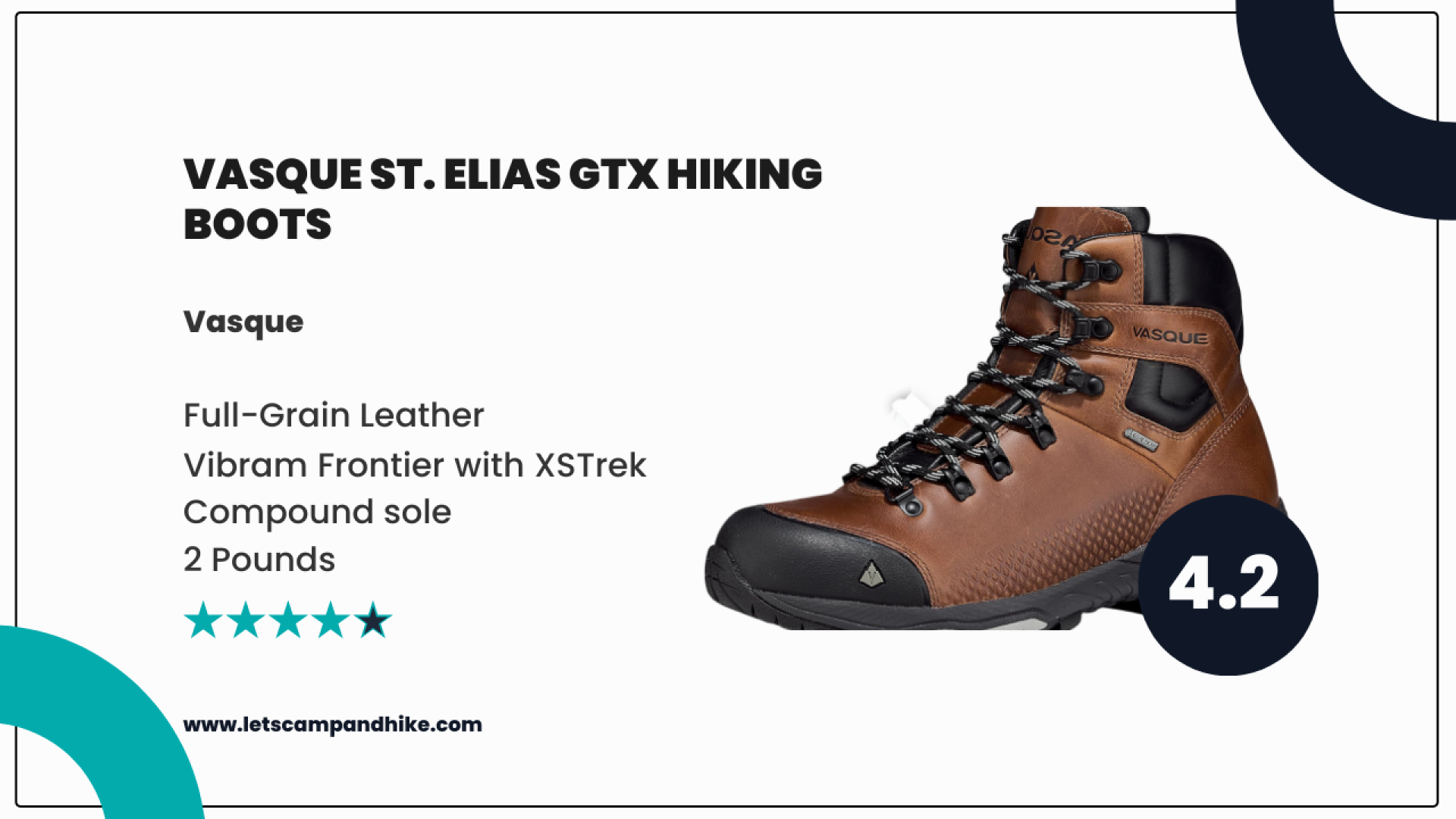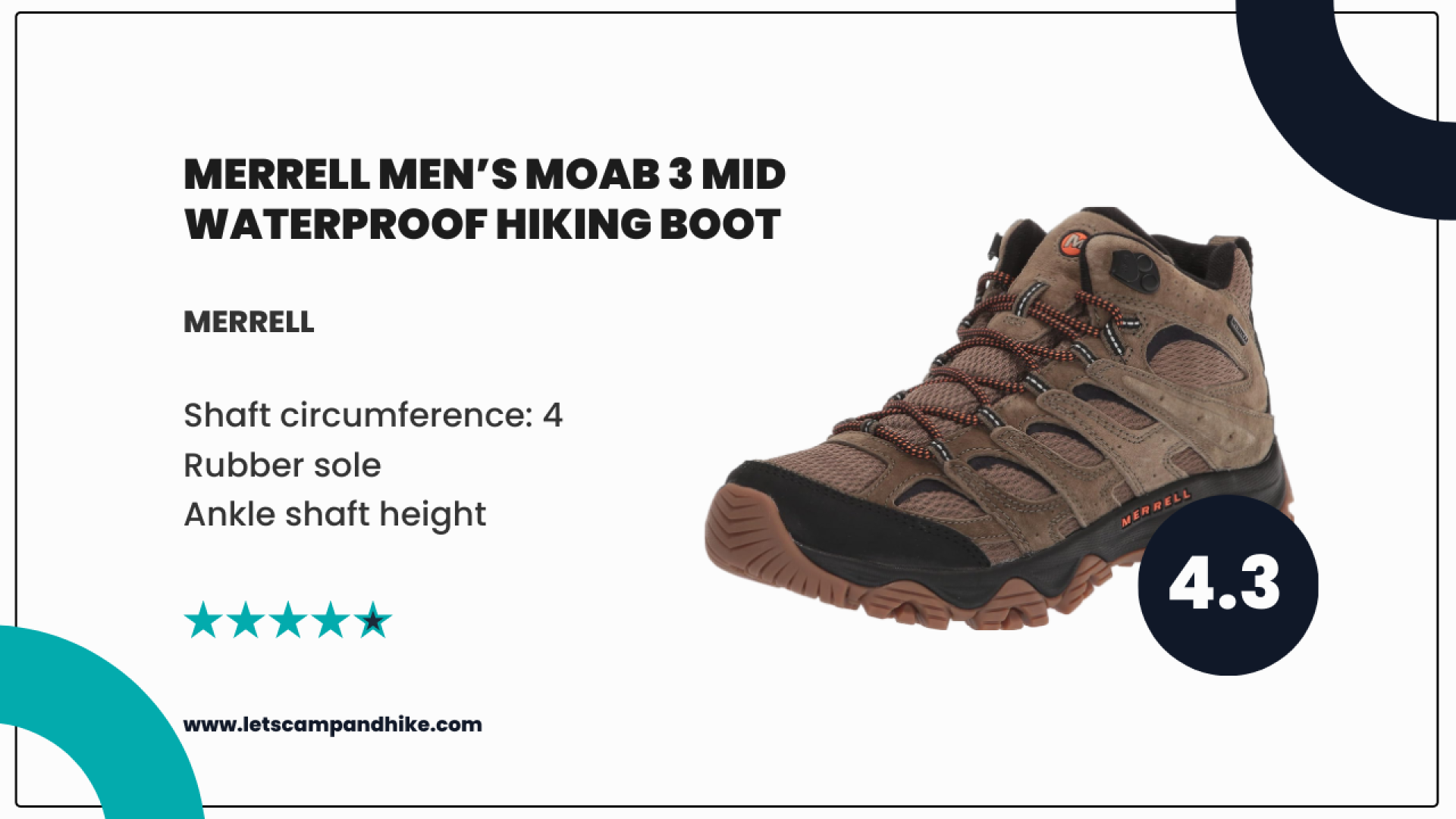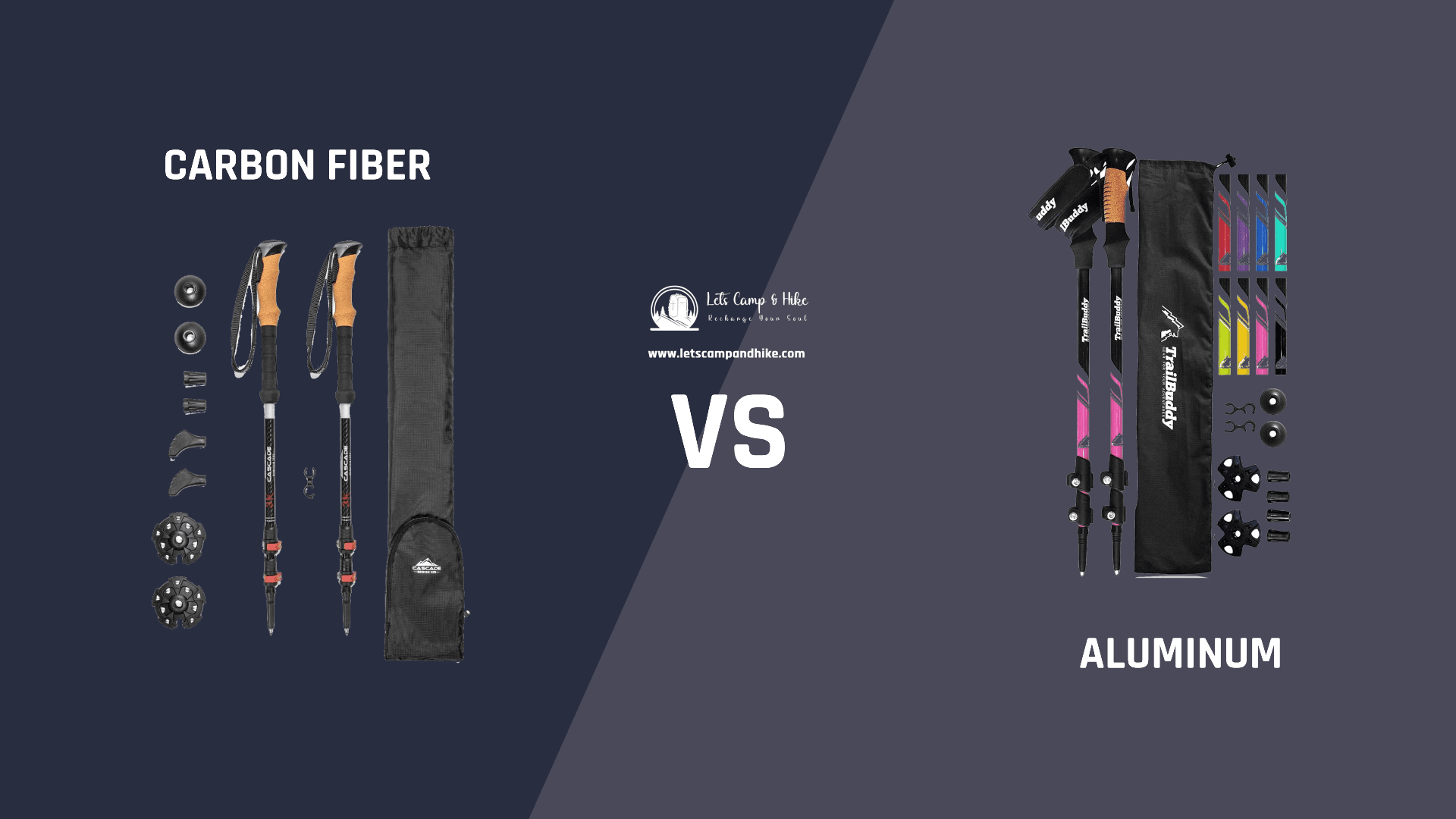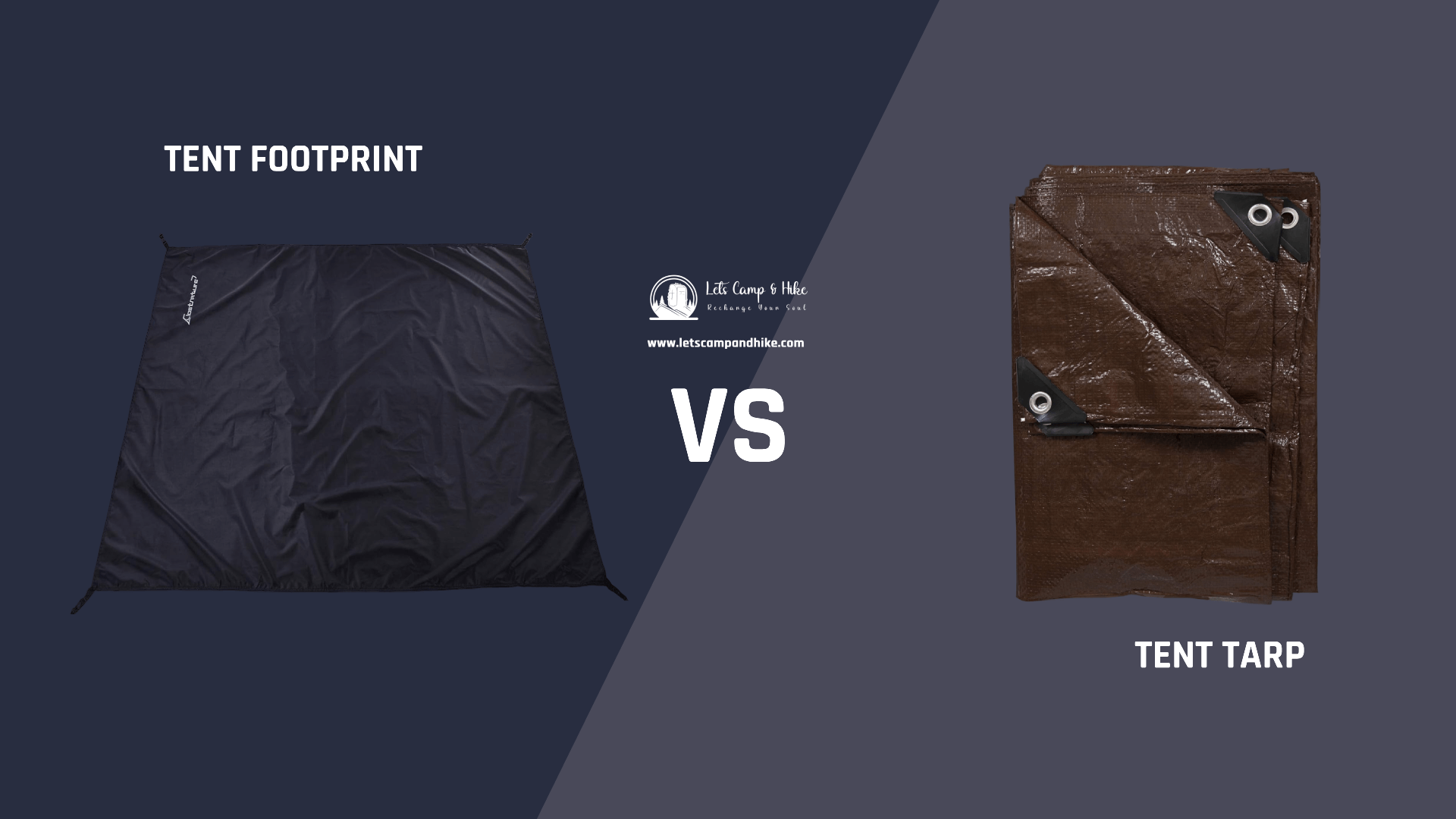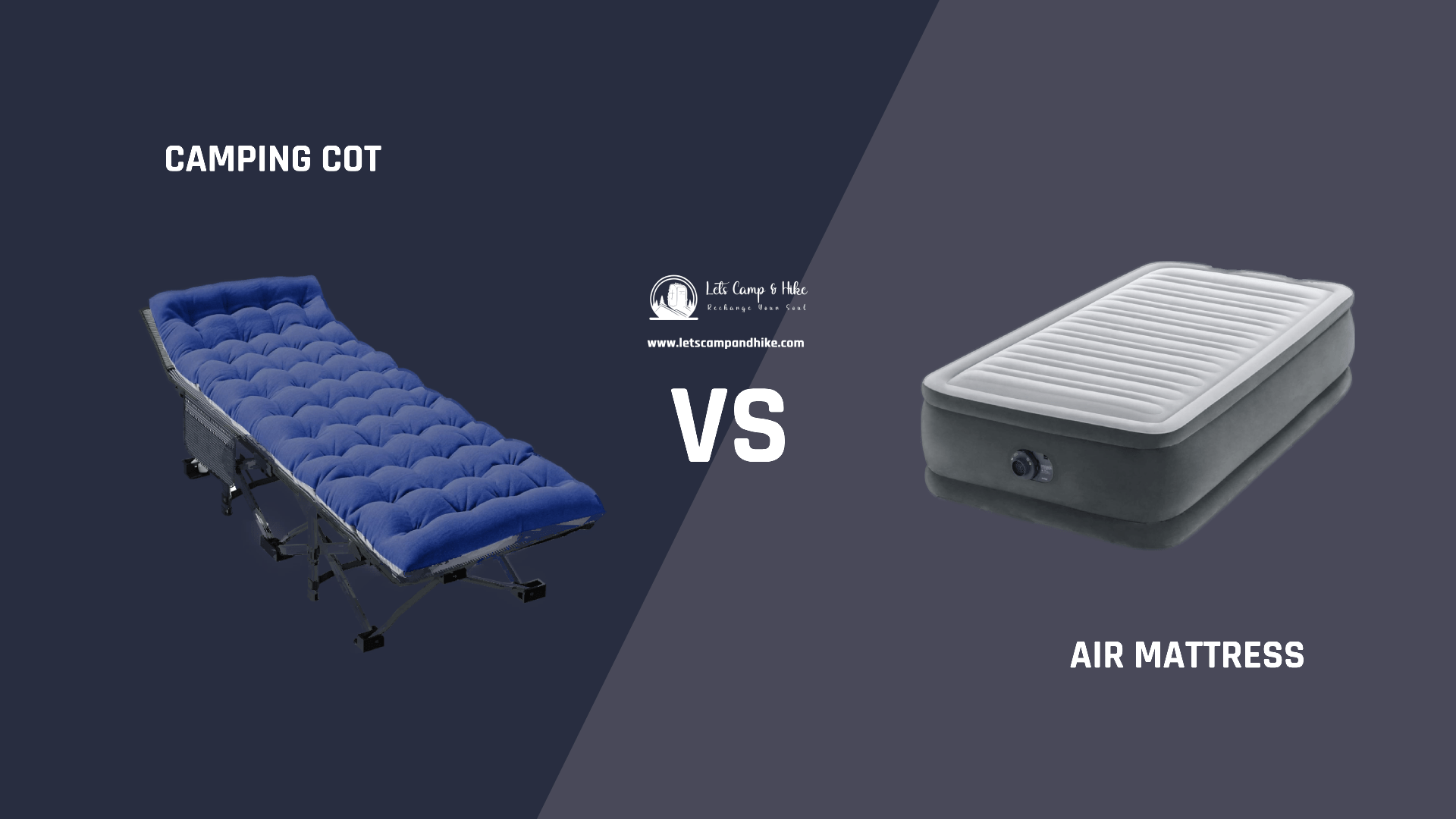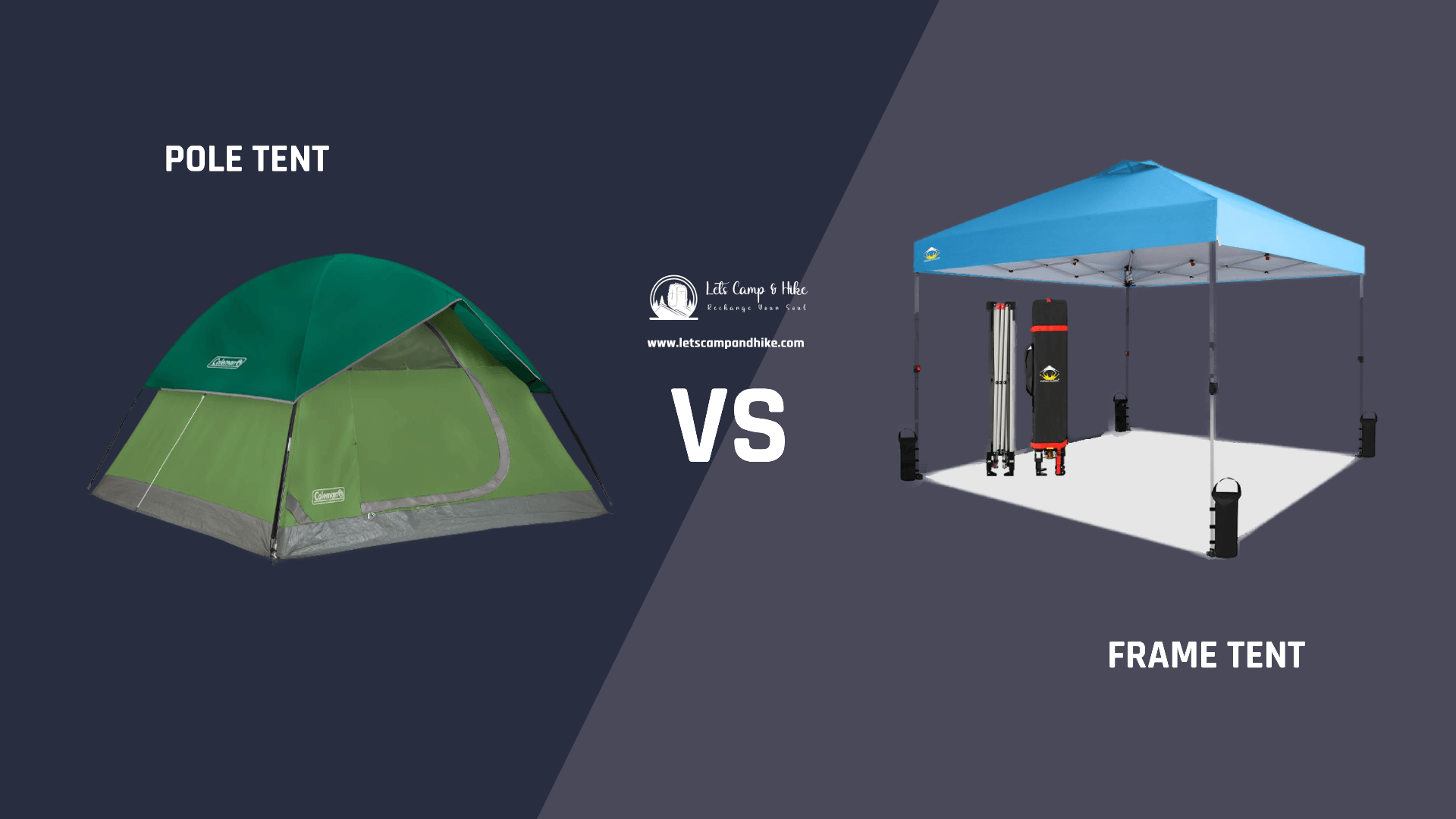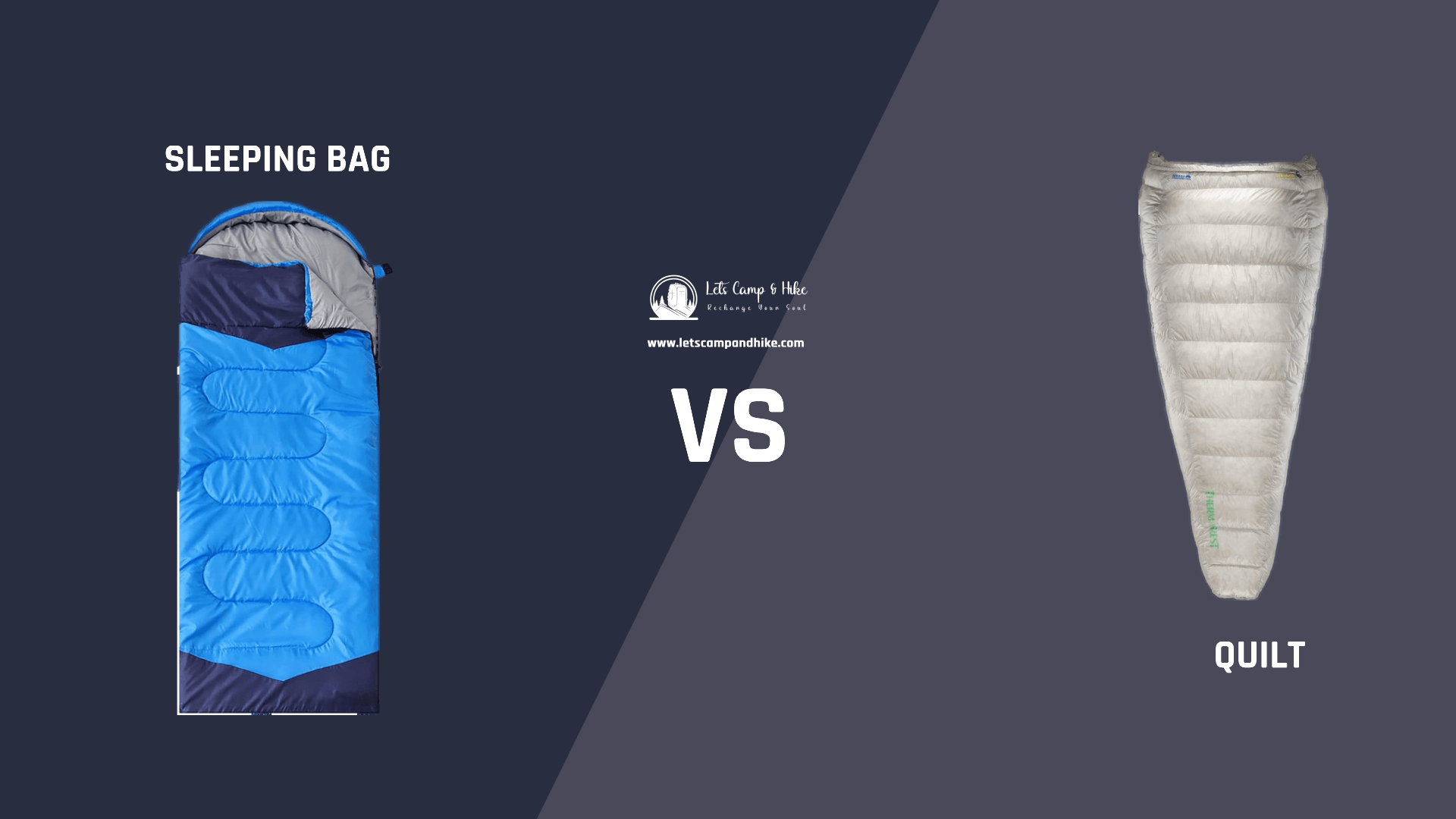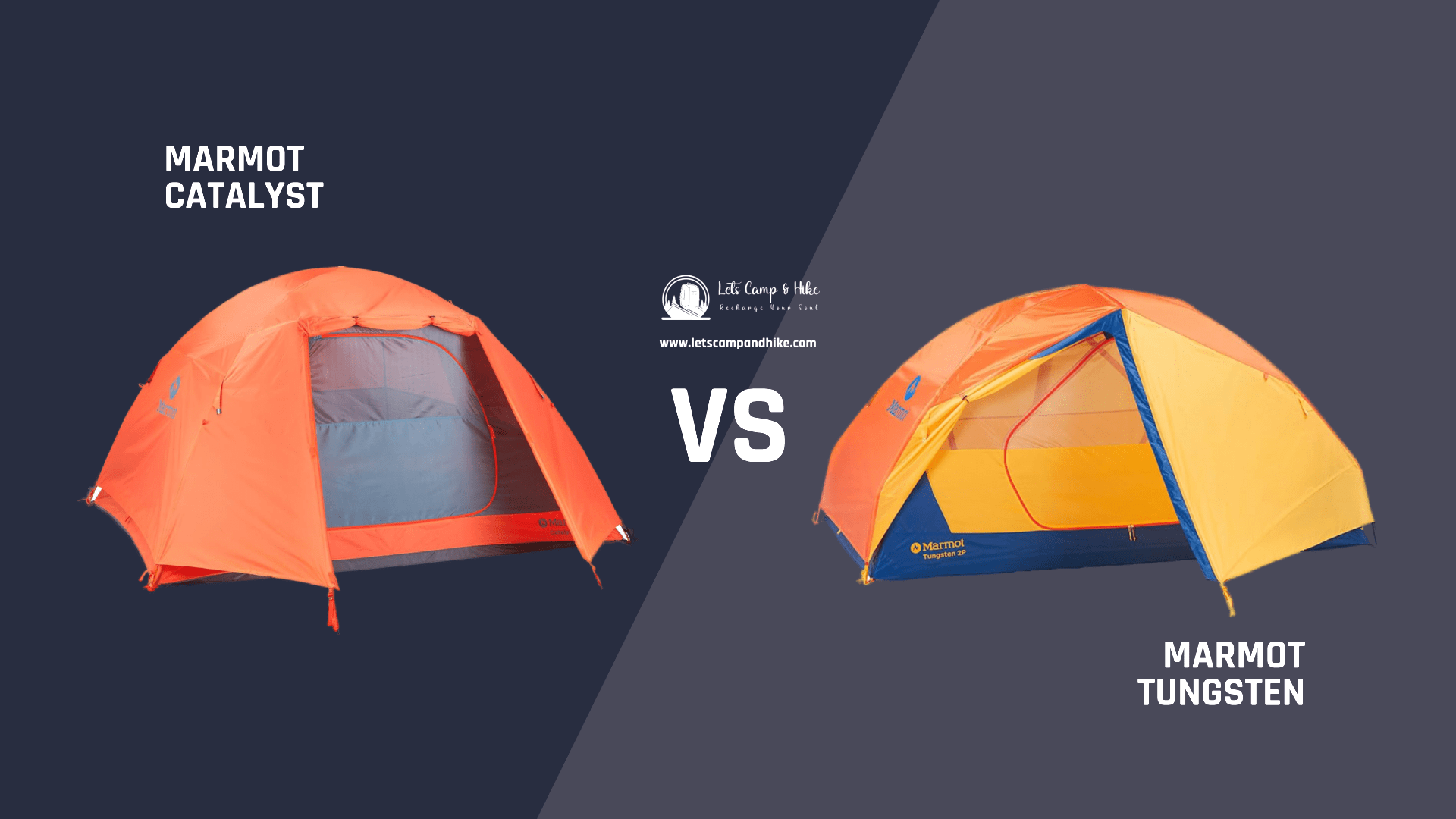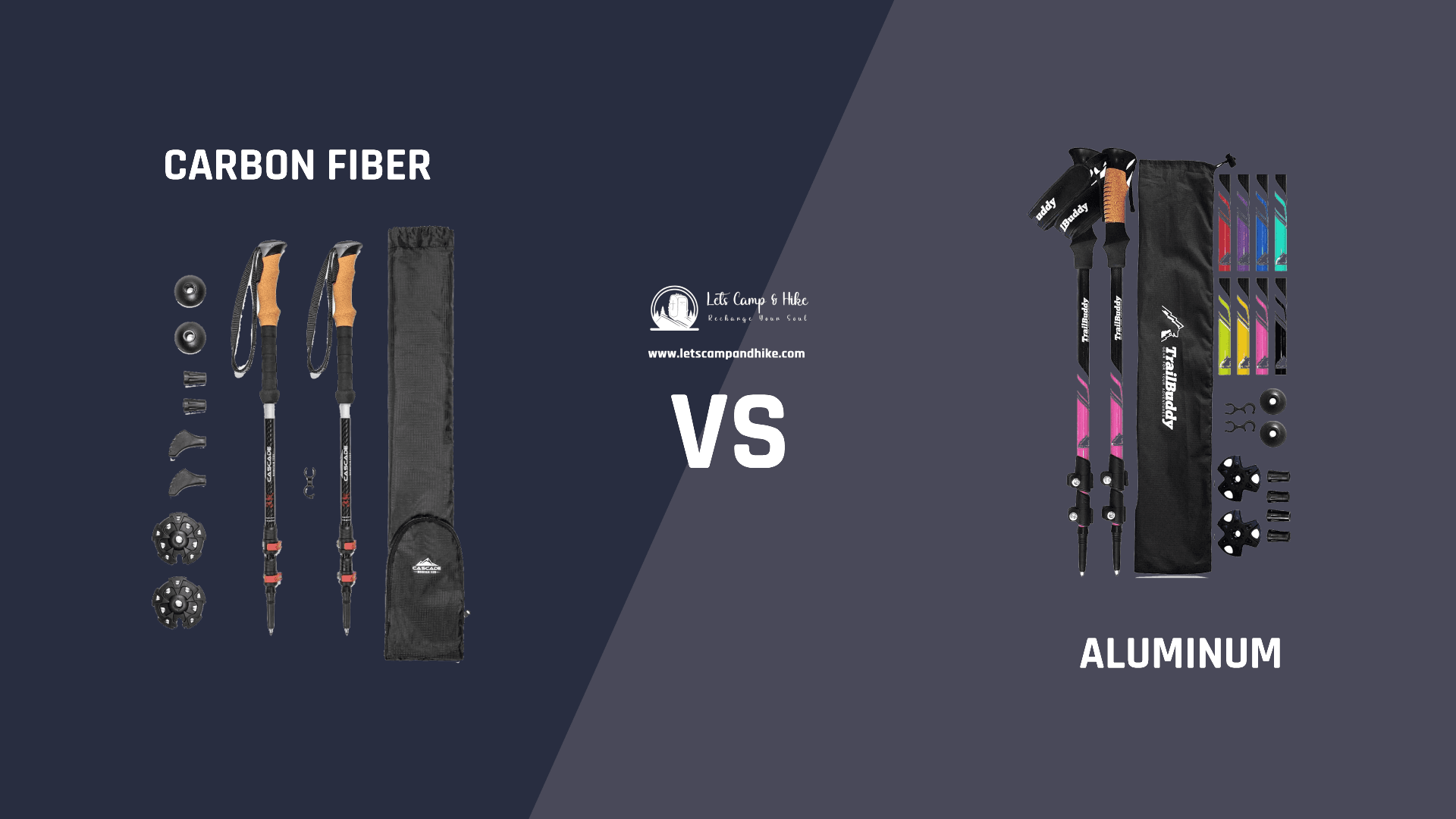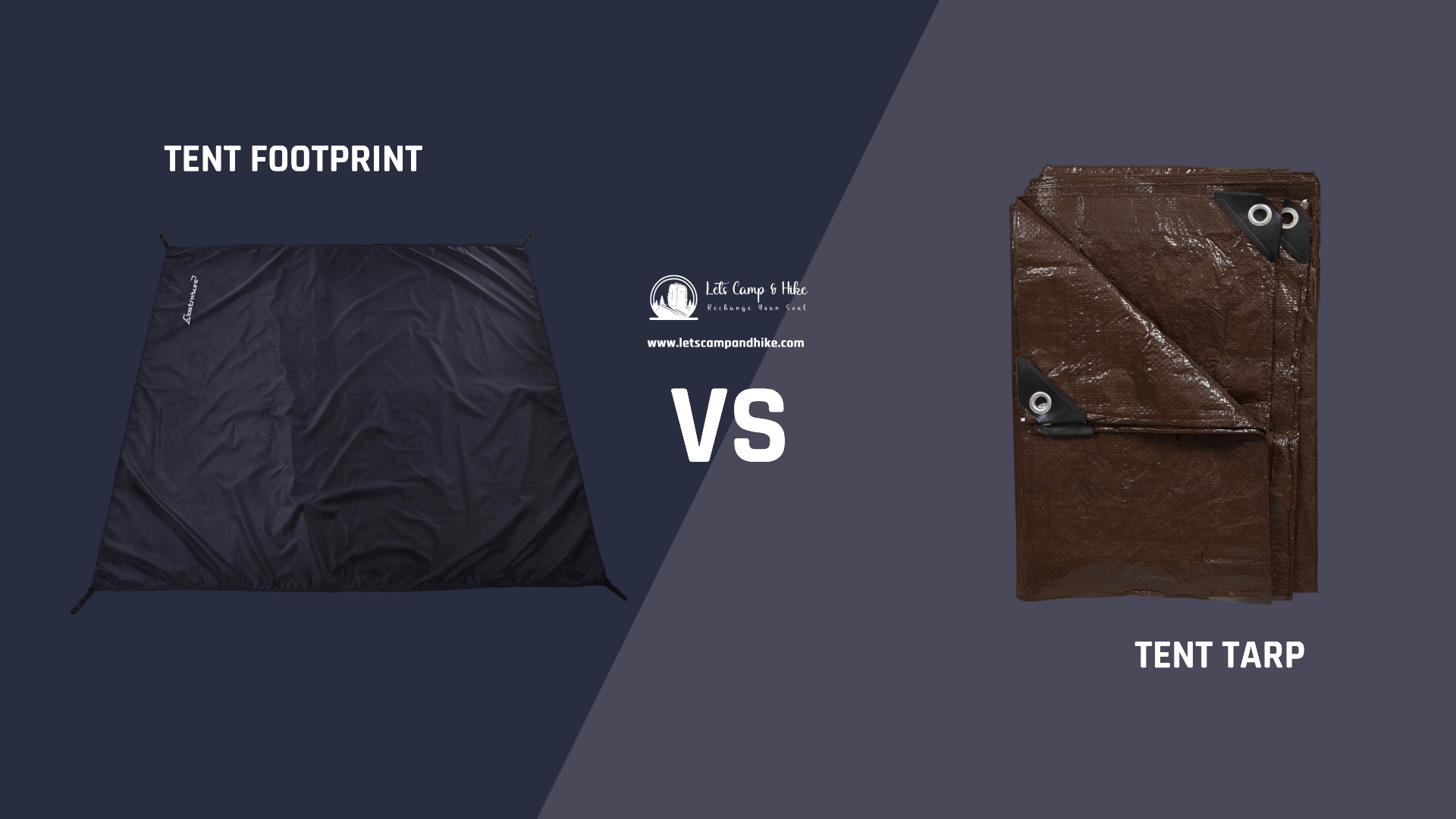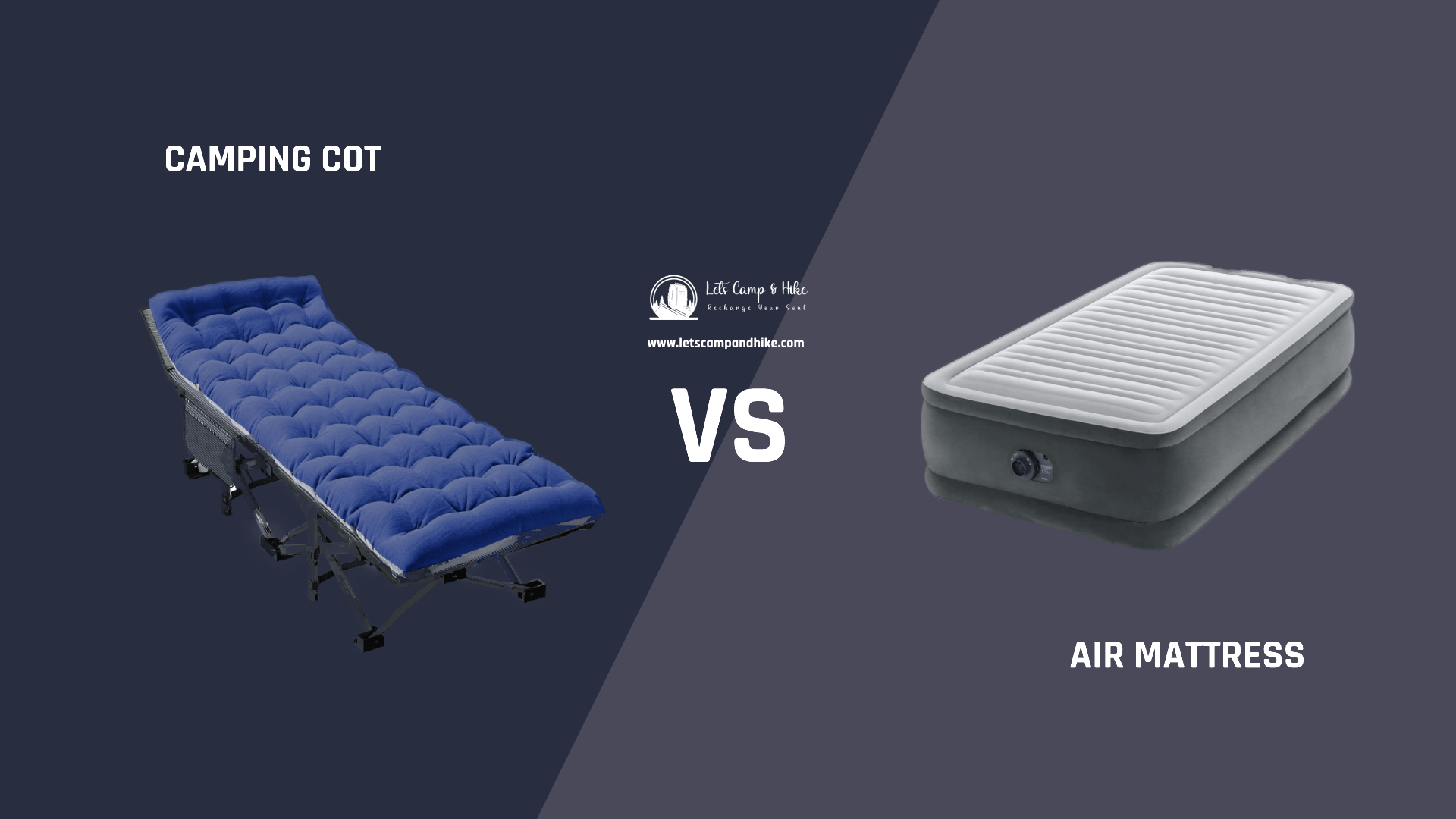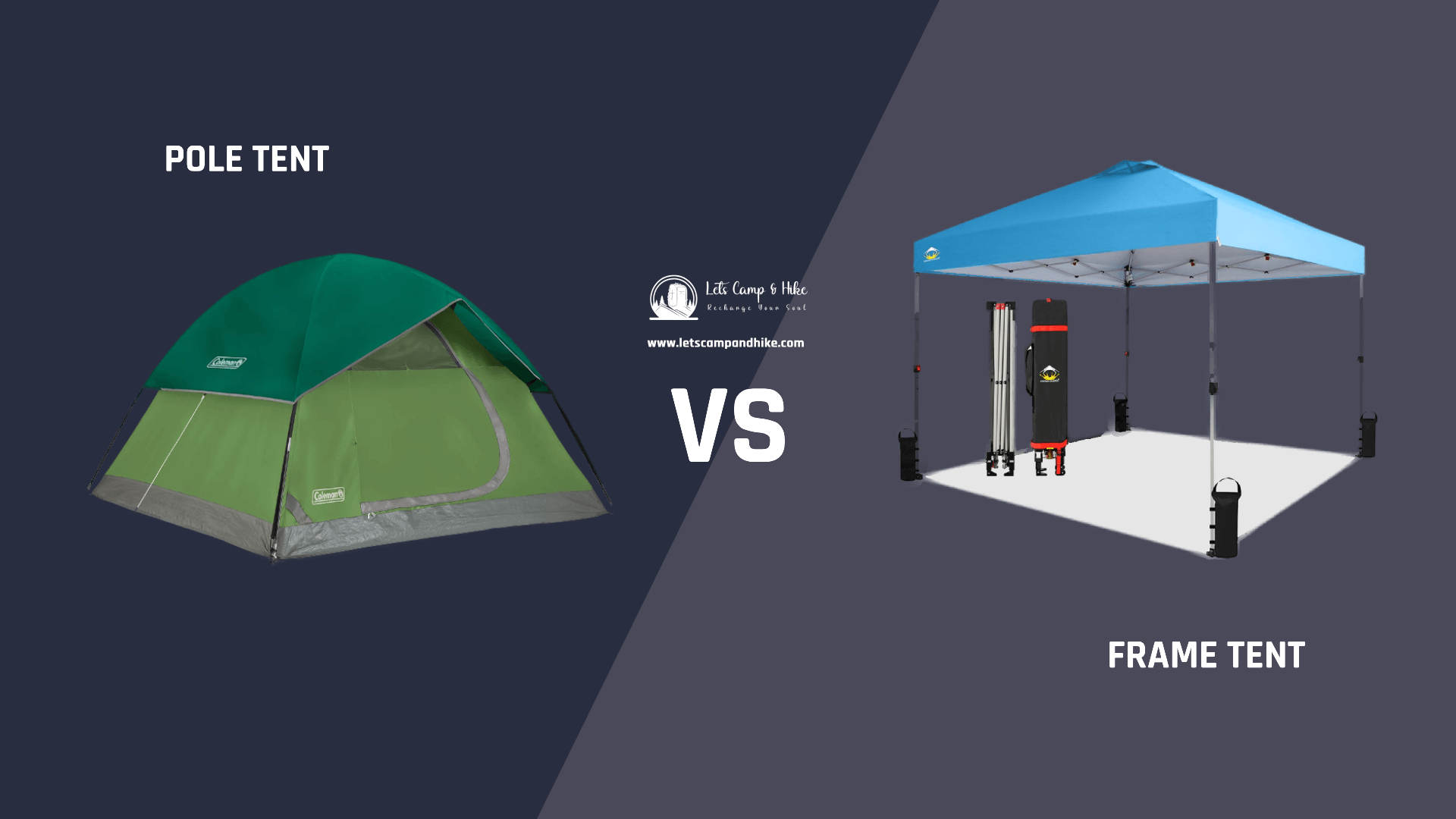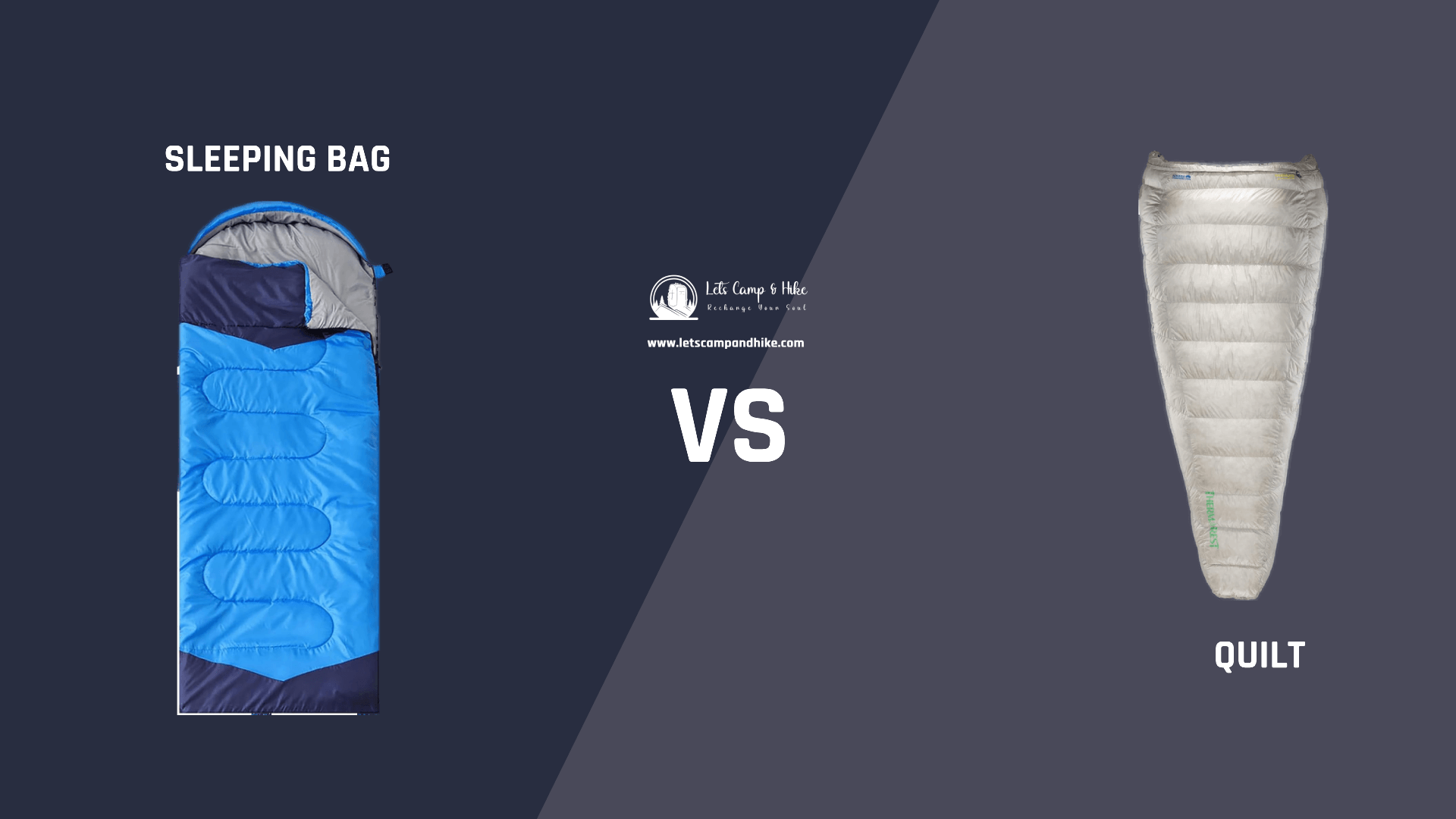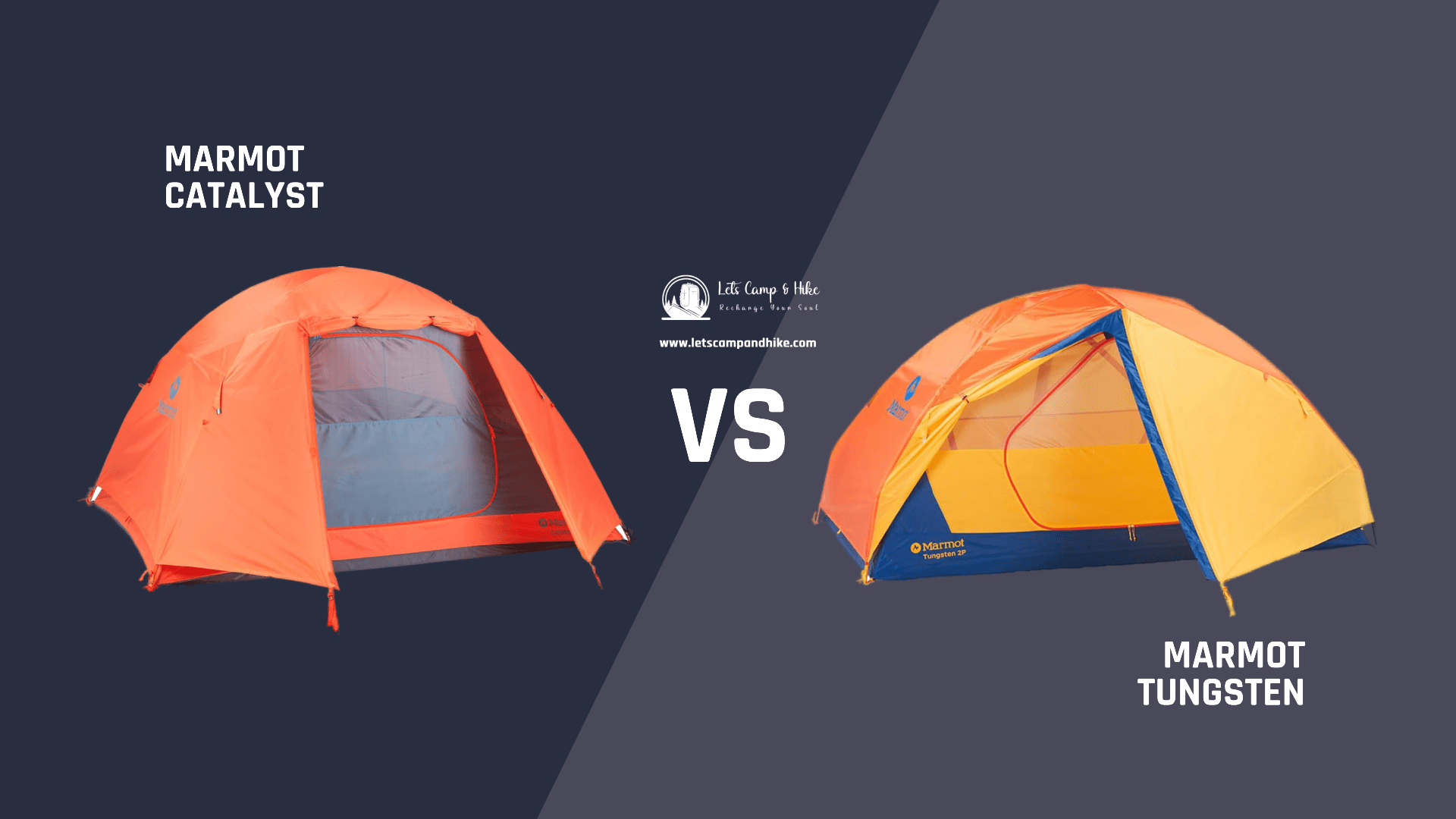Ultralight backpacking tents are designed with a keen focus on minimizing weight without sacrificing essential features, making them an ideal choice for hikers who prioritize efficiency and mobility. This post will guide you through our top picks for the best ultralight backpacking tents.
You can also check out our guides on the best camping tents, the best boots, and the best accessories.
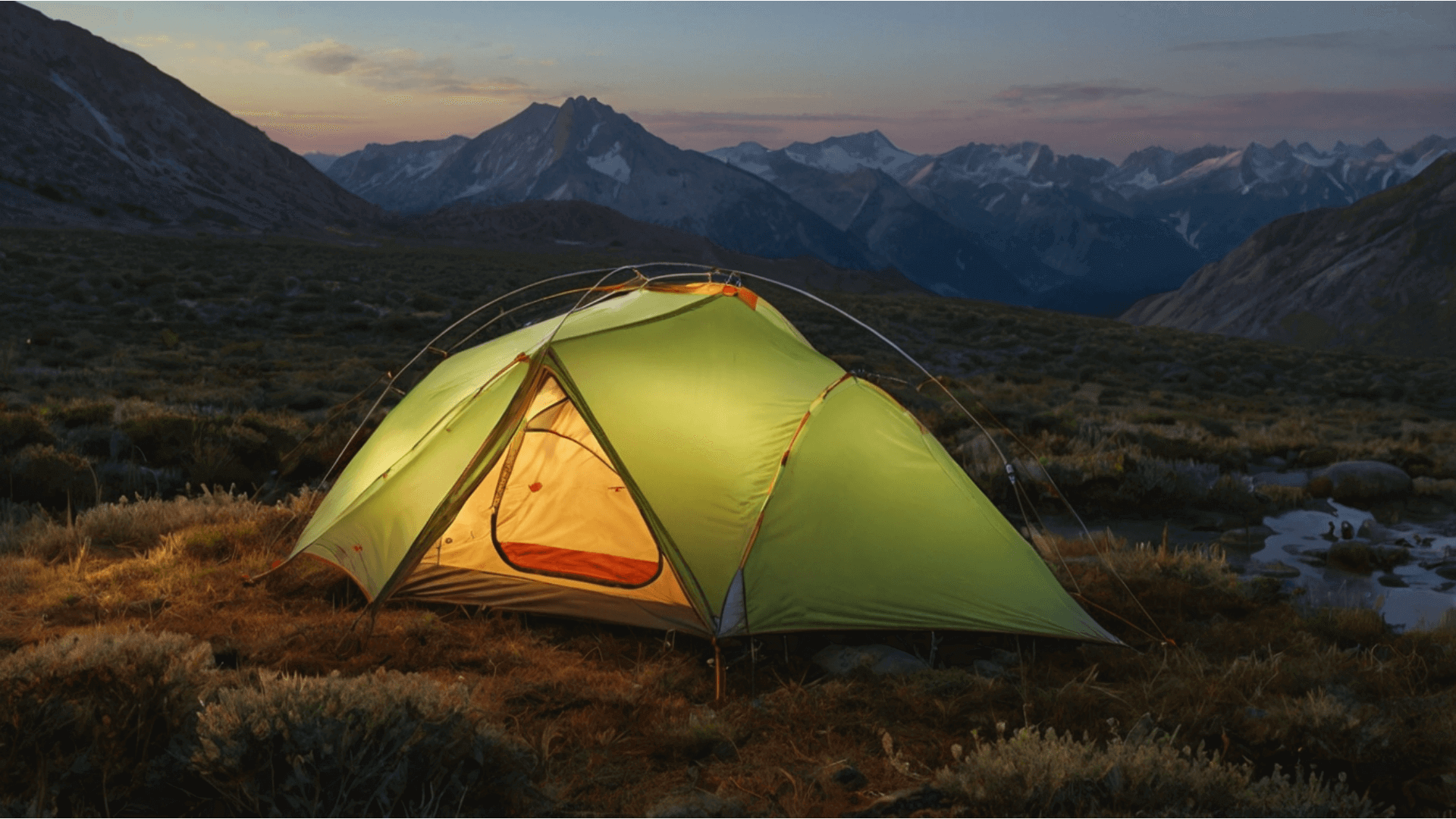
Reducing pack weight is crucial for long-distance hikes as it significantly enhances the overall hiking experience. A lighter pack reduces strain on the body, increases mobility, and allows hikers to cover more ground with less fatigue. This is particularly important on challenging terrains and multi-day treks where energy conservation and physical endurance are paramount. Ultralight tents offer a reliable shelter that can withstand various weather conditions while being light enough to carry comfortably over extended distances. By opting for ultralight gear, hikers can enjoy a more enjoyable and sustainable journey, fully immersing themselves in nature’s beauty.
Key Factors to Consider When Choosing an Ultralight Backpacking Tent
Choosing the best ultralight backpacking tent involves several key factors to meet your needs and preferences. Here are the key considerations:
- Weight: Ensure the tent is genuinely ultralight, ideally under 2.5 pounds for solo tents and under 4 pounds for two-person tents.
- Seasonality: Most ultralight tents are designed for three-season use and are suitable for spring, summer, and fall. If you plan to camp in winter or harsh conditions, consider a four-season tent that can handle heavy snow and strong winds.
- Setup: Consider how easy it is to pitch the tent. Some ultralight models can be more complex and require practice. Freestanding tents are generally easier to set up than non-freestanding ones. Note if the tent requires additional gear like trekking poles for setup. Ensure you have or are willing to carry the necessary equipment.
- Materials and Durability: Look for high-quality, lightweight fabrics like Dyneema, silnylon, or ripstop nylon. These materials offer a good balance between weight and durability. Pay attention to the tent’s construction quality, including seam sealing and the strength of zippers, poles, and guylines.
- Ventilation: Good ventilation is crucial to minimize condensation inside the tent. Single-wall tents tend to have more condensation issues than double-wall tents.
Considering these key factors, you can find an ultralight backpacking tent that meets your needs and enhances your outdoor adventures.
Short on Time? Here’s a Quick Pick!
If you’re in a hurry and need to find the best ultralight tent quickly, we’ve got you covered. Below is a short list of our top recommendations. Choose any one of these tents for reliable comfort. If you have more time, feel free to scroll down and explore the complete list for detailed reviews and additional options:
Best Overall
Kelty Late Start 2P – Lightweight Backpacking Tent
- Dimensions: 85″L x 54″W x 40″H
- Weight: 3.5 Pounds
- Occupancy: 2 Person
- Seasons: 3 (Spring, Summer, Autumn)
- Material: Nylon, 100% Polyester
- Water Resistance: 1200mm
- Setup: Free Standing
- Poles: Aluminum
Best Budget
Forceatt 2 and 3-Person Waterproof and Windproof Lightweight Backpacking Tent
- Dimensions: 88.6″L x 53.1″W x 43.3″H
- Weight: 5.5 Pounds
- Occupancy: 2 Person
- Seasons: 3 to 4
- Material: Polyester, Aluminum
- Water Resistance: 5000mm
- Setup: Free Standing
- Poles: Aluminum
Best for Solo Hikers
Naturehike Cloud-Up 1 Person Lightweight Waterproof Backpacking Tent
- Dimensions: 82.7″L x 43.3″W x 39.7″H
- Weight: 3.74 Pounds
- Occupancy: 1 Person
- Seasons: 3
- Material: 210T Polyester
- Water Resistance: 3000mm
- Setup: Free Standing
- Poles: Aluminum
7 Best Ultralight Backpacking Tents: Our Top Picks
These are our recommended lists of the 7 best ultralight backpacking tents:
- Kelty Late Start 2P – Lightweight Backpacking Tent
- Naturehike Cloud-Up 1 Person Lightweight Waterproof Backpacking Tent
- Clostnature Crux 1-Person Tent for Backpacking
- Kelty Grand Mesa 2P or 4P Backpacking Tent 3-Season Camping
- Forceatt 2 and 3-Person Waterproof and Windproof Lightweight Aluminum Pole Backpacking Tent
- Lanshan 2-Person Outdoor Ultralight Camping Tent 3-Season
- NEMO Hornet OSMO Ultralight Backpacking Tent
Kelty Late Start 2P – Lightweight Backpacking Tent
- Dimensions: 85″L x 54″W x 40″H
- Weight: 3.5 Pounds
- Occupancy: 2 Person
- Seasons: 3 (Spring, Summer, Autumn)
- Material: Nylon, 100% Polyester
- Water Resistance: 1200mm
- Setup: Free Standing
- Poles: Aluminum
Pros
Cons
Weight
The Kelty Late Start 2P tent is lightweight at 3.5 pounds, making it an excellent choice for backpacking and hiking. It’s not the lightest option, but balances weight and durability well. This weight is manageable for most hikers, providing enough room and comfort without being too burdensome.
Seasonality
This tent is designed for three-season use, covering spring, summer, and autumn. It performs well in various weather conditions, providing reliable protection from rain and moderate wind. However, it is not intended for harsh winter conditions, so it’s best used in milder climates.
Materials and Durability
Constructed with durable 68D polyester fabrics and pre-bent aluminum poles, the Kelty Late Start 2P is built to last. The waterproof polyester fly with a 1200mm rating ensures you stay dry even in heavy rain. The bathtub-style floor adds an extra layer of protection against groundwater.
Ventilation
Ventilation is a strong suit for this tent, with ample airflow provided by the full-coverage rainfly and additional guyouts. The tent’s design helps to prevent condensation build-up, ensuring a comfortable night’s sleep even in humid conditions.
Setup
One of the standout features of the Kelty Late Start 2P is its quick and easy setup. The Quickcorners system and pre-bent poles make erecting the tent a breeze, even for beginners. The pole sleeves at the corners add stability and ease the setup process.
Comfort
The tent is quite roomy for two people, with a peak height of 40 inches. The single-door design is straightforward but functional, and the interior space is well-utilized with gear pockets. The overall design ensures enough space to move around and store your gear comfortably.
Conclusion
The Kelty Late Start 2P is a reliable, easy-to-use tent that offers excellent value for its price. It is well-suited for three-season use and provides a good balance of weight, durability, and comfort. Its quick setup and solid ventilation make it an excellent choice for both novice and experienced campers.
Naturehike Cloud-Up 1 Person Lightweight Waterproof Backpacking Tent
- Dimensions: 82.7″L x 43.3″W x 39.7″H
- Weight: 3.74 Pounds
- Occupancy: 1 Person
- Seasons: 3
- Material: 210T Polyester
- Water Resistance: 3000mm
- Setup: Free Standing
- Poles: Aluminum
Pros
Cons
Weight
At 3.74 pounds, the Naturehike Cloud-Up 1 Person Tent is lightweight and compact, making it ideal for solo backpackers. Its packed size fits well in a backpack, leaving room for other essential gear.
Seasonality
This tent is designed for three-season use and performs well in various weather conditions. The waterproof and windproof capabilities ensure you stay dry and secure during spring, summer, and autumn.
Materials and Durability
The tent is made from 210T polyester with a PU3000mm waterproof rating. The materials are durable and hold up well against the elements. The aluminum poles are robust, providing stability in windy conditions.
Ventilation
With high-density B3 mesh and a double-layer design, this tent offers excellent ventilation. The airflow between the rainfly and the inner tent helps prevent condensation, making for a comfortable interior environment.
Setup
Setting up the Naturehike Cloud-Up is straightforward and quick, thanks to the single set of aluminum alloy poles. Even those without experience can have it ready in under two minutes.
Comfort
Despite being a single-person tent, it offers ample space with an interior designed to maximize comfort. The vestibule provides extra room for gear storage or cooking in bad weather. The tent is spacious enough for one person to sleep comfortably and sit up without feeling cramped.
Conclusion
The Naturehike Cloud-Up 1 Person Tent is an excellent choice for solo hikers looking for a lightweight, durable, and easy-to-set-up tent. It offers excellent protection from the elements and ensures a comfortable camping experience.
Clostnature Crux 1-Person Tent for Backpacking
- Dimensions: 86.6″L x 31.88″W x 35.8″H
- Weight: 3.75 Pounds
- Occupancy: 1 Person
- Seasons: 4
- Material: Polyester, Aluminum
- Water Resistance: 5000mm
- Setup: Ground Mount
- Poles: Aluminum
Pros
Cons
Weight
Weighing in at 3.75 pounds, the Clostnature Crux 1-Person Tent is reasonably lightweight, making it a good option for solo backpackers who prioritize weight without compromising durability and features.
Seasonality
It is designed as a four-season tent and is built to withstand various weather conditions, including winter. The waterproof material with a PU5000 coating and factory-sealed seams ensures you stay dry and comfortable in all seasons.
Materials and Durability
The tent is constructed with high-quality polyester and aluminum materials. The rainfly and bathtub-style floor are designed to keep water out, while the aluminum poles provide sturdy support, even in harsh weather conditions.
Ventilation
The Clostnature Crux features entire mesh walls, which enhance ventilation and reduce condensation. The D-shaped door and large vestibule provide additional airflow, convenient entry and exit, and extra storage space.
Setup
The tent is easy to set up with its free-standing design and two aluminum poles. Even for those with little experience, it can be pitched quickly, making it a convenient option for solo travelers.
Comfort
The interior space is well-utilized, providing enough room for a single person to sleep comfortably and store their gear. The large vestibule adds extra storage space, and the overall design ensures a comfortable and hassle-free camping experience.
Conclusion
The Clostnature Crux 1-Person Tent is a versatile and durable option for solo adventurers. Its four-season capability, lightweight design, and ease of setup make it an excellent choice for various outdoor activities.
Kelty Grand Mesa 2P or 4P Backpacking Tent 3 Season Camping
- Dimensions: 84″L x 45″W x 43″H
- Weight: 4 Pounds
- Occupancy: 2 Person
- Seasons: 3
- Material: 68D Polyester
- Water Resistance: 3300mm
- Setup: Free Standing
- Poles: Aluminum
Pros
Cons
Weight
At 4 pounds, the Kelty Grand Mesa 2P is slightly heavier than some competitors but still within a reasonable range for backpacking. It offers a balance between weight and durability, and it is suitable for extended trips.
Seasonality
This tent is designed for three-season use, providing reliable spring, summer, and autumn performance. It can handle various weather conditions, though there might be better options for extreme winter camping.
Materials and Durability
Constructed with 68D polyester and featuring fully seam-taped construction, the Kelty Grand Mesa 2P is durable and weather-resistant. The lightweight aluminum poles add to their overall strength and stability.
Ventilation
The tent offers good ventilation with its mesh panels and a single-door design. The rainfly and additional guyouts help manage airflow, reducing condensation and keeping the interior comfortable.
Setup
Kelty’s Quickcorners make setup fast and straightforward, even for those with little camping experience. The color-coded clip and fly attachment further simplify the process, ensuring a quick and secure setup.
Comfort
The tent provides ample space for two people, with a peak height of 43 inches. The interior is roomy and well-designed, with storage pockets and a vestibule for additional gear storage. The overall layout ensures comfort and ease of use.
Conclusion
The Kelty Grand Mesa 2P is a reliable and easy-to-use tent, perfect for three-season camping. Its quick setup, durable materials, and comfortable interior make it a solid choice for both novice and experienced campers.
Forceatt 2 and 3-Person Waterproof and Windproof Lightweight Aluminum Pole Backpacking Tent
- Dimensions: 88.6″L x 53.1″W x 43.3″H
- Weight: 5.5 Pounds
- Occupancy: 2 Person
- Seasons: 3 to 4
- Material: Polyester, Aluminum
- Water Resistance: 5000mm
- Setup: Free Standing
- Poles: Aluminum
Pros
Cons
Weight
Weighing 5.5 pounds, the Forceatt Tent is heavier for backpacking but offers robustness and ample space for two people. It’s a good option for those prioritizing durability and interior space over lightweight.
Seasonality
The tent is suitable for three to four seasons, thanks to its professional waterproof and windproof features. Its waterproof index of 5000mm provides excellent protection against rain and wind, making it versatile for various weather conditions.
Materials and Durability
Made from durable polyester and aluminum, the tent is built to last. The welded floor design and full-coverage rainfly add extra protection against the elements, ensuring you stay dry and comfortable.
Ventilation
The tent features a large mesh window and two ceiling vents, which enhance airflow and prevent condensation. The micro-mesh fabric further improves breathability, making it comfortable even in warm conditions.
Setup
The Forceatt Tent is easy to set up, taking only a few minutes, and it has aluminum poles and a reflective guyline for wind resistance. The smooth and sturdy zippers add to the ease of use.
Comfort
With two D-shaped doors and two vestibules, the tent offers ample space and convenient access. The interior is spacious, with enough room for two people and their gear. The overall design ensures a comfortable camping experience.
Conclusion
The Forceatt Tent for 2 and 3 Person is an excellent value for its price, offering durability, ease of setup, and comfort. Its robust design makes it suitable for various weather conditions, making it an excellent choice for budget-conscious campers.
lanshan 2-Person Outdoor Ultralight Camping Tent 3-Season
- Dimensions: 107″L x 107″W x 47.2″H
- Weight: 1155 Grams (approx. 2.55 Pounds)
- Occupancy: 2 Person
- Seasons: 3
- Material: 15D Silnylon
- Water Resistance: 5000mm
- Setup: Free Standing
- Poles: Not included
Pros
Cons
Weight
Weighing only 2.55 pounds, the Lanshan 2 Tent is ultralight, making it ideal for backpackers who need to minimize weight. It’s one of the lightest options available, providing excellent portability without sacrificing essential features.
Seasonality
The tent is designed for three-season use, performing well in spring, summer, and autumn. Its 5000mm waterproof index offers good protection against rain, though it may not be suitable for extreme winter conditions.
Materials and Durability
Constructed from 15D Silnylon, the tent is both lightweight and durable. The material is waterproof and robust, ensuring protection and longevity. However, the lack of included poles means you’ll need to use trekking poles or similar items for setup.
Ventilation
Ventilation is decent, with a high-density mesh inner tent that provides airflow and reduces condensation. The design helps maintain a comfortable interior, though it might not be as ventilated as other models.
Setup
The setup can be tricky since it requires trekking poles or additional poles, which are not included. Once you get the hang of it, the process becomes more straightforward, but it could be more intuitive than tents with included pole systems.
Comfort
The Lanshan 2 offers good interior space for two people, with a peak height of 47.2 inches. The design provides enough room for sleeping and storing gear, ensuring a comfortable camping experience.
Conclusion
The Lanshan 2 Tent by 3F UL GEAR is an ultralight, durable, and waterproof option for backpackers. It’s best for those who prioritize weight and portability, though the setup process may require a bit of practice. Its lightweight design and solid performance make it a strong contender for extended backpacking trips.
NEMO Hornet OSMO Ultralight Backpacking Tent
- Dimensions: 87.4″L x 42.52″W x 38.58″H
- Weight: 0.82 Kilograms (approx. 1.81 Pounds)
- Occupancy: 1 Person
- Seasons: 3
- Material: Ripstop Fabric, Nylon
- Water Resistance: Proprietary OSMO
- Setup: Free Standing
- Poles: Aluminum
Pros
Cons
Weight
At just 1.81 pounds, the NEMO Hornet OSMO is exceptionally lightweight, making it an excellent choice for ultralight backpackers. It is one of the lightest tents available, ensuring easy portability.
Seasonality
The tent is designed for three-season use and offers good spring, summer, and autumn protection. The proprietary OSMO fabric provides excellent water repellency and reduced stretch when wet, ensuring reliable performance in varying weather conditions.
Materials and Durability
The OSMO poly-nylon ripstop fabric is durable and water-resistant, made from 100% recycled yarns. The material meets flame retardancy standards without added chemicals, contributing to its durability and environmental friendliness.
Ventilation
The tent features large doors and vestibules for enhanced ventilation and gear coverage. The Flybar volumizing pole clip and guy-outs help create more livable space and improve airflow, reducing condensation inside the tent.
Setup
The setup is straightforward, with a free-standing design and aluminum poles. The integrated Gatekeeper clips make it easy to tie back the tent door with one hand, adding convenience.
Comfort
Despite being a solo tent, it offers ample space for one person with gear. The design includes volumizing features that maximize the interior space, making it comfortable for extended use.
Conclusion
The NEMO Hornet OSMO Ultralight Backpacking Tent is a high-performance, ultralight option for solo backpackers. Its innovative design, durable materials, and excellent ventilation make it a top choice for those willing to invest in a premium tent for their adventures.
Why Choose Ultralight Tents?
Benefits of Ultralight Tents
Weight Savings: The primary advantage of ultralight tents is their significant reduction in weight compared to traditional tents. This weight savings can be crucial for long-distance hikers who need to minimize their weight to reduce fatigue and increase their hiking endurance. A lighter tent can substantially affect overall comfort and performance on the trail.
Ease of Packing: Ultralight tents are designed to be compact and easy to pack. Their smaller size and reduced weight mean they take up less space in your backpack, leaving more room for other essential gear. This compactness also simplifies the packing process, making it quicker and more efficient, which is especially beneficial when setting up or breaking camp in adverse weather conditions.
Increased Hiking Efficiency: Hikers can move more efficiently and cover greater distances daily with a lighter load. The reduced strain on muscles and joints helps prevent injuries and allows for a more enjoyable hiking experience. Ultralight tents contribute to a more agile and responsive hiking pace, enabling hikers to tackle challenging terrains more easily.
Considerations and Potential Downsides
Durability: While ultralight tents are crafted from advanced materials to minimize weight, these materials can sometimes be less durable than those used in heavier, traditional tents. Ultralight tents may require careful handling and maintenance to avoid tears or damage. Hikers should be prepared to invest time in learning how to care for their ultralight gear to extend its lifespan properly.
Cost: Ultralight tents often have a higher price tag due to the specialized materials and engineering involved in their construction. While the investment can be worthwhile for avid hikers, it may be a significant consideration for those on a tight budget. However, the benefits of reduced weight and increased efficiency often justify the higher initial cost of severe backpackers.
Setup Complexity: Some ultralight tents can be more complex to set up than traditional models. They require trekking poles or a specific arrangement of stakes and guylines to achieve the proper structure and stability. This can be challenging for beginners or those not familiar with the intricacies of ultralight tent design. Practicing setting up the tent before heading out on a long hike is essential to ensure a smooth and efficient setup process in the field.
By understanding the benefits and potential downsides of ultralight tents, hikers can make an informed decision that aligns with their hiking goals and preferences. Going ultralight can lead to a more enjoyable and efficient outdoor experience, provided the considerations are carefully managed.
Buying Guide: How to Choose The Best Ultralight Backpacking Tent
When selecting an ultralight tent, it’s essential to consider several key factors to ensure you make the best choice for your outdoor adventures. Below, we’ll explore the essential aspects to remember, including seasonality, capacity, setup, materials, and tips for evaluating and testing tents before purchasing.
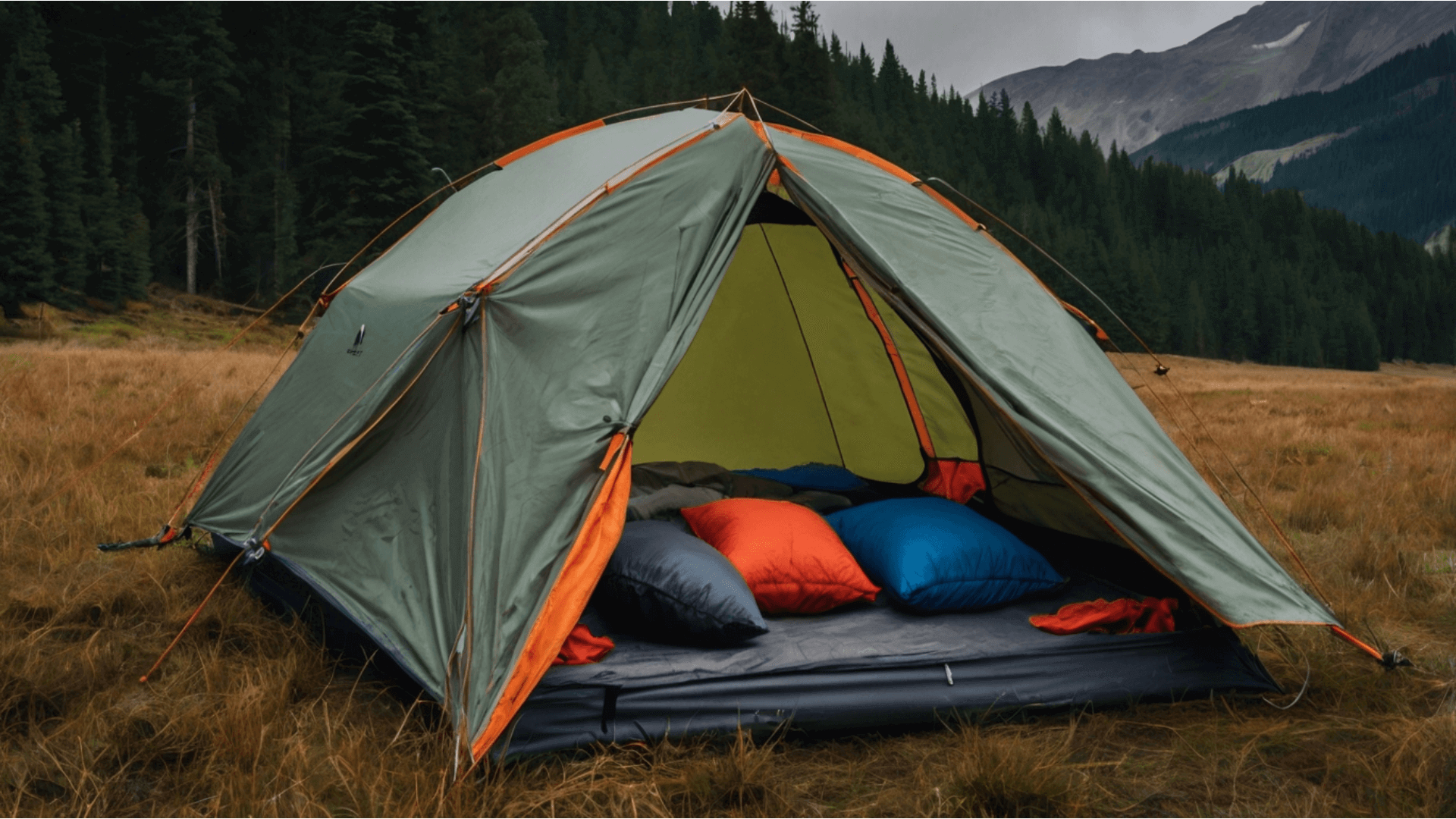
What is the best material for an ultralight tent?
When choosing the best material for an ultralight tent, look no further than Dyneema Composite Fabric (DCF). This high-tech material is incredibly lightweight yet strong, making it perfect for backpackers and hikers who want to minimize their load without sacrificing durability. DCF is also waterproof, which keeps you dry in rainy weather, and is resistant to UV rays so that it won’t degrade quickly in the sun. While it can be more expensive than other materials like nylon or polyester, the benefits of its lightweight and robustness often outweigh the cost for serious outdoor enthusiasts.
What material is best for tent frames?
The best material for tent frames is typically aluminum, specifically high-strength aluminum alloys like 7001-T6 or DAC Featherlite. These materials are favored because they perfectly balance strength, durability, and lightweight properties. Aluminum tent poles are resistant to bending and breaking, making them ideal for withstanding strong winds and harsh weather conditions. They are also easy to assemble and disassemble, which is convenient for quick setup and takedown. While other materials like fiberglass can be cheaper, they are generally heavier and less durable, making aluminum the superior choice for most camping and backpacking tents.
Factors to Consider
- Seasonality
- 3-Season Tents: Designed for spring, summer, and fall, these tents are lightweight and provide ventilation while offering protection from rain and moderate wind.
- 4-Season Tents: Built for harsher conditions, these tents can withstand heavy snow, strong winds, and colder temperatures. They are generally more robust and heavier than 3-season tents.
- Capacity
- Solo vs. Multi-person: Decide if you need a tent for solo trips or one that can accommodate multiple people. Remember that a tent’s listed capacity might be tight, especially if you need extra room for gear.
- Interior Space: Check the floor dimensions, peak height, and overall layout. Consider your comfort level and whether you prefer more room to move around or a minimalist space.
- Setup
- Ease of Assembly: Look for tents that are easy to pitch, especially if you expect to set up camp in adverse weather conditions or after a long day of hiking.
- Freestanding vs Non-Freestanding: Freestanding tents are easier to move and adjust, while non-freestanding tents typically require trekking poles and additional guylines for setup.
- Materials
- Fabric: Ultralight tents are often made from materials like nylon or polyester with silicone or polyurethane coatings for waterproofing. The fabric’s denier (D) rating indicates its thickness and durability.
- Poles: Lightweight tents use poles made from materials like aluminum or carbon fiber. Consider the durability and weight of the poles as part of your decision.
Tips for Evaluating and Testing Tents Before Purchase
- Test Setup and Breakdown: Practice setting up and breaking down the tent before you go on a trip. Ensure you can do it quickly and efficiently, especially if you plan to camp in challenging environments.
- Check the Weight and Pack Size: Weigh the tent and check its packed size to ensure it fits your ultralight backpacking requirements. Remember that the weight listed by manufacturers often includes only the tent body, poles, and rainfly, so account for additional items like stakes and guylines.
- Inspect Seams and Zippers: Check the tent’s seams and zippers for quality. Look for reinforced seams and waterproof taping, and test the zippers to ensure they operate smoothly without snagging.
- Consider Ventilation: Proper ventilation is crucial to reduce condensation inside the tent. Look for features like mesh panels, vents, and dual-entry designs that improve airflow.
Considering these factors and following the tips above, you can confidently choose an ultralight tent that meets your needs and enhances your outdoor experiences.
Setup and Maintenance Tips for Backpacking Tents
Proper setup and maintenance are crucial for ensuring the longevity and performance of your ultralight tent. Below is a step-by-step guide to setting up different types of backpacking tents and essential maintenance tips to prolong their lifespan.
Step-by-Step Guide to Setting Up Different Types of Ultralight Backpacking Tents
Freestanding Tents
- Step 1: Choose a flat, clear spot for your tent. Remove any sharp objects like rocks or sticks that could damage the tent floor.
- Step 2: Lay down a groundsheet or footprint to protect the tent floor from abrasion and moisture. (optional)
- Step 3: Connect the tent poles and lay them out on the ground.
- Step 4: Place the tent body on the footprint and insert the poles into the grommets or clips. Raise the tent by securing the poles in their respective locations.
- Step 5: Stake down the tent corners to keep it in place. Adjust the tension to ensure the tent body is taut.
- Step 6: Drape the rainfly over the tent and secure it to the poles or grommets. Adjust the guylines and stakes to create a taut, weather-resistant setup.
Non-Freestanding Tents
- Step 1: Select a flat, dry area free of debris.
- Step 2: Spread the footprint (if used) and tent body on the ground.
- Step 3: Stake the four corners of the tent body first. Ensure they are taut and evenly spaced.
- Step 4: Position the trekking poles at the specified points on the tent body. Adjust the height according to the tent’s design.
- Step 5: Secure the guylines to the tent and stake them out. Adjust the tension to ensure the tent is stable and taut.
- Step 6: Secure the rainfly over the tent with guylines and stakes, ensuring proper coverage and ventilation.
Hybrid Tents (Freestanding with Trekking Pole Support)
- Step 1: Set up the tent body and poles as you would for a freestanding tent.
- Step 2: Use trekking poles to support additional vestibules or extensions. Adjust them to create a stable and taut structure.
- Step 3: Stake out the guylines for added stability. Adjust them to ensure the tent is taut and well-ventilated.
Maintenance Tips For Backpacking Tent
- Clean After Each Use
- Shake Out Debris: Before packing up, shake out dirt, sand, and debris from inside the tent.
- Spot Clean: Use a sponge or cloth with mild soap and water to clean any dirty spots on the tent fabric. Avoid harsh detergents that can damage the waterproof coatings.
- Dry Completely: Ensure the tent is completely dry before packing it away to prevent mold and mildew growth.
- Proper Storage
- Loosely Packed: Store the tent loosely in a cool, dry place rather than tightly packed in its stuff sack. This helps prevent damage to the fabric and waterproof coatings.
- Avoid UV Exposure: Prolonged exposure to sunlight can degrade the tent fabric. Store the tent away from direct sunlight when not in use.
- Inspect for Damage
- Check Seams and Zippers: Regularly inspect seams and zippers for signs of wear or damage. Use seam sealer to reinforce seams as needed.
- Repair Tears and Holes: Use a tent repair kit or patch to fix any small tears or holes. Addressing damage promptly prevents it from getting worse.
- Reapply Waterproofing
- Seam Sealing: Periodically apply seam sealer to maintain waterproof seams.
- DWR Coating: Refresh the Durable Water Repellent (DWR) coating on the tent’s exterior with a spray treatment to ensure it repels water effectively.
- Handle with Care
- Gentle Setup and Takedown: Avoid pulling or forcing components. Handle zippers, poles, and fabric gently to prevent unnecessary stress and damage.
- Avoid Sharp Objects: Keep sharp objects away from the tent fabric. Use a groundsheet or footprint to protect the tent floor from rough terrain.
By following these setup and maintenance tips, you can ensure that your ultralight tent remains in excellent condition and provides reliable shelter for many outdoor adventures to come.
Summary of the Top Picks
The review covers seven of the best ultralight backpacking tents available, each catering to different needs and preferences:
- Kelty Late Start 2P – Best Overall: The Kelty Late Start 2P stands out as the best overall ultralight tent due to its excellent balance of weight, durability, and user-friendly features.
- Naturehike Cloud-Up 1 Person Tent – Best for Solo Hikers: The Naturehike Cloud-Up 1 Person Tent is the top choice for solo hikers due to its lightweight design, ease of setup, and reliable protection.
- Forceatt 2 and 3 Person Tent – Best Budget: The Forceatt Tent for 2 and 3 Person is recognized as the best budget option due to its affordability without compromising essential features and quality.
Personal Recommendations Based on Specific Needs and Preferences
Ultralight Enthusiasts: The Lanshan 2-Person Tent by 3F UL GEAR is perfect for those who need to minimize pack weight without sacrificing essential features. Its ultralight design makes it suitable for long-distance backpackers who value portability.
Four-Season Adventures: The Clostnature Crux 1-Person Tent is designed to handle various weather conditions, including winter. It’s a good option for solo hikers who need a versatile and durable shelter for year-round use.
Considering these top picks and recommendations, you can find an ultralight backpacking tent that suits your needs and enhances your outdoor adventures.
Last Words
Selecting the right ultralight backpacking tent is crucial for any outdoor enthusiast. Whether you’re a solo hiker seeking the lightest possible shelter, a couple looking for a comfortable two-person tent, or a budget-conscious camper needing a reliable yet affordable option, there is an ultralight tent to meet your needs.
Investing in an ultralight tent can transform your hiking and camping experiences by reducing pack weight, increasing mobility, and ensuring a comfortable and secure shelter in various weather conditions. By considering the top picks, notable mentions, and personal recommendations in this guide, you can make an informed decision that aligns with your specific requirements and preferences.
Remember to take good care of your tent through proper setup, maintenance, and storage to ensure it lasts for many future adventures.
These reviews will help you choose the best ultralight backpacking tent for hiking or outdoor adventure. Keep up with Let’s Camp & Hike to learn more about camping and hiking tips and tricks.
Why Trust The Let’s Camp & Hike?
In every review, the Let’s Camp & Hike team conducts thorough research and spends hours reviewing the top models before recommending products.
Among other requirements, a product must have a strong track record of sales on Amazon, primarily favorable customer feedback, and special features to join our list of the best options.
Once we have whittled down our list of suggestions, we conduct more investigations and perhaps in-person testing to ensure the goods live up to our expectations. After the research phase, we create a comprehensive, easy-to-read article with our top picks and extra details to assist outdoor enthusiasts like you in making the best choice.


